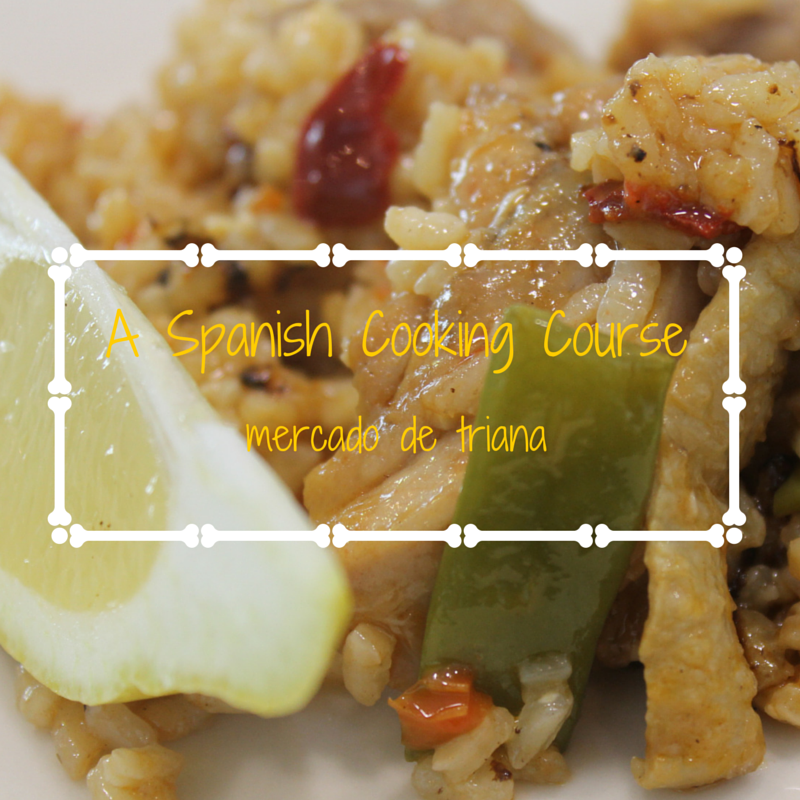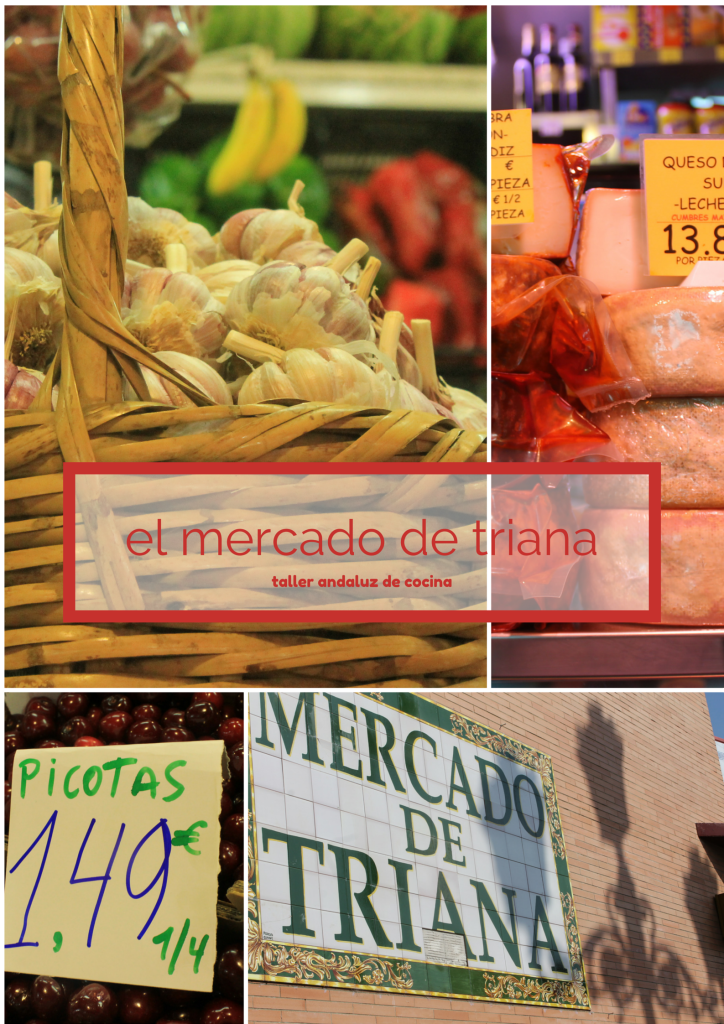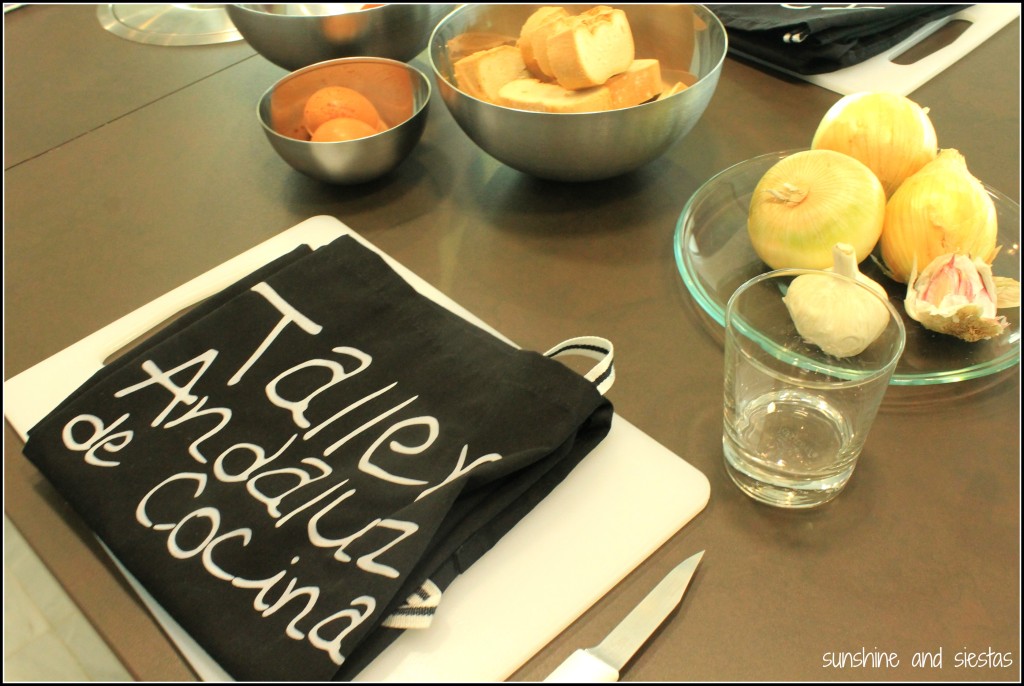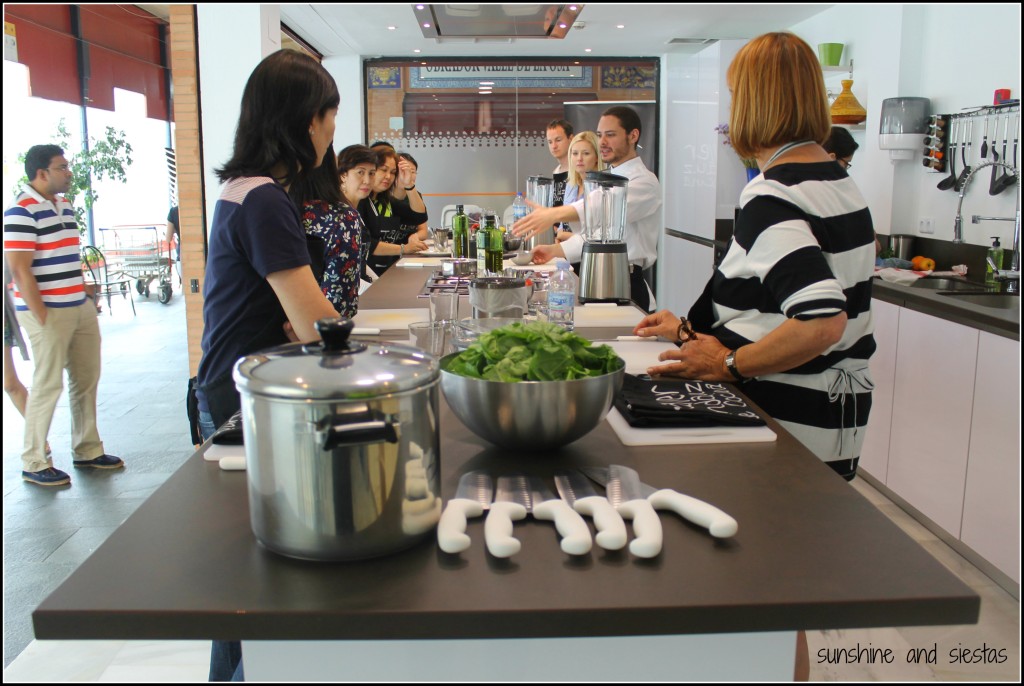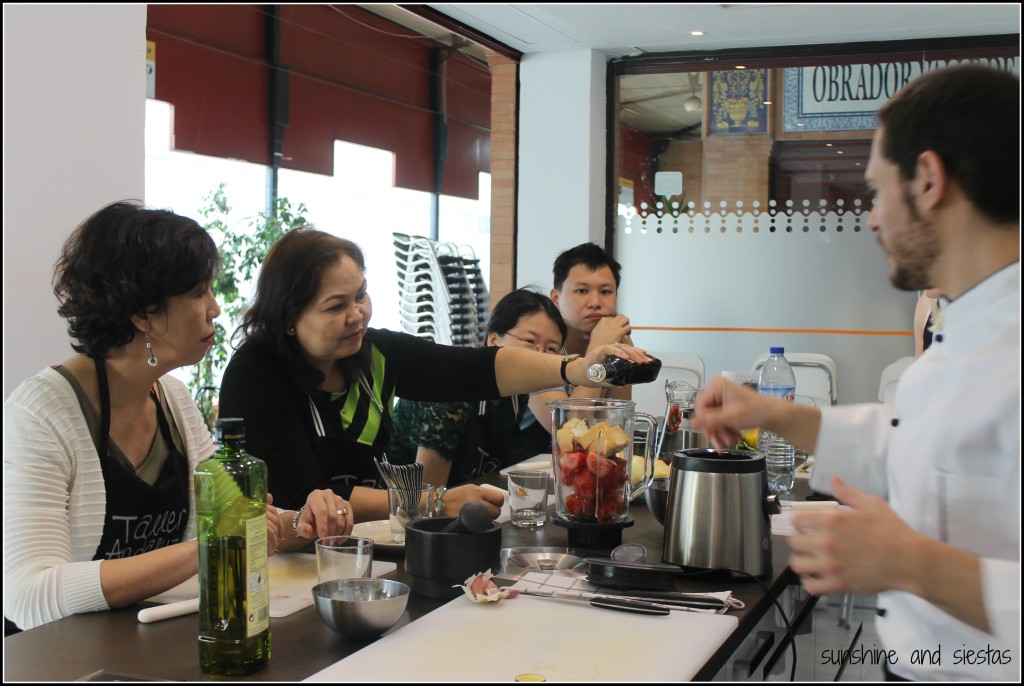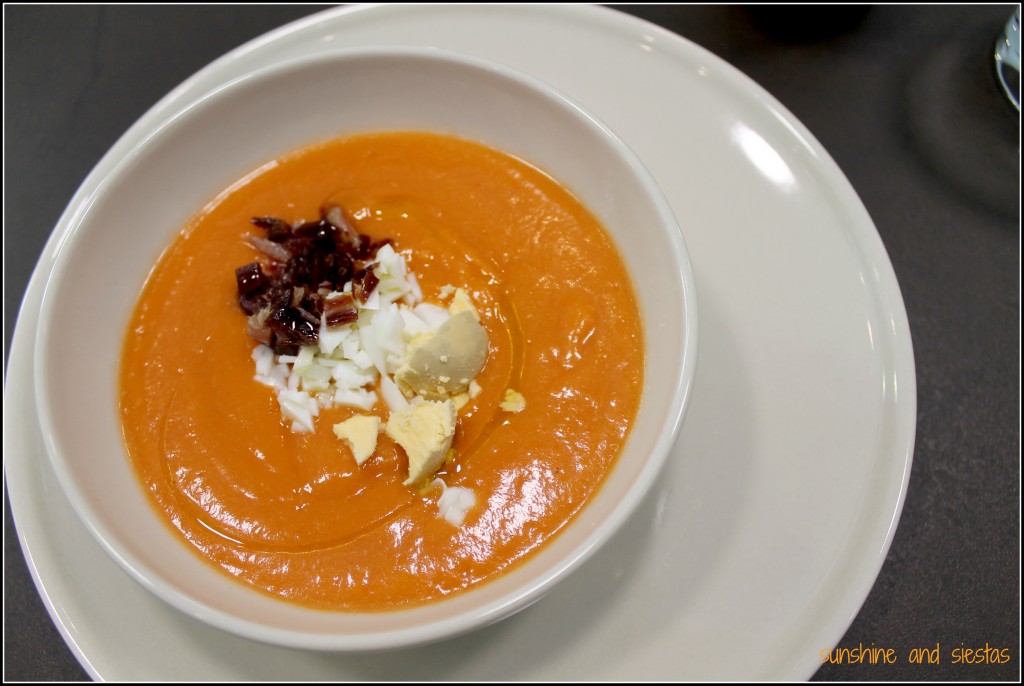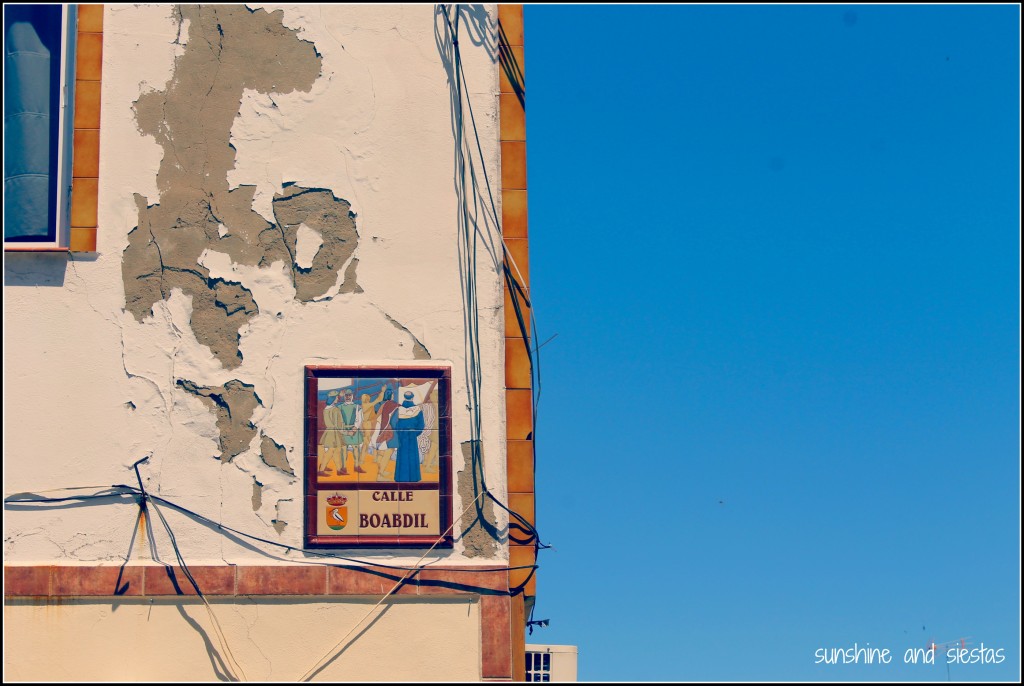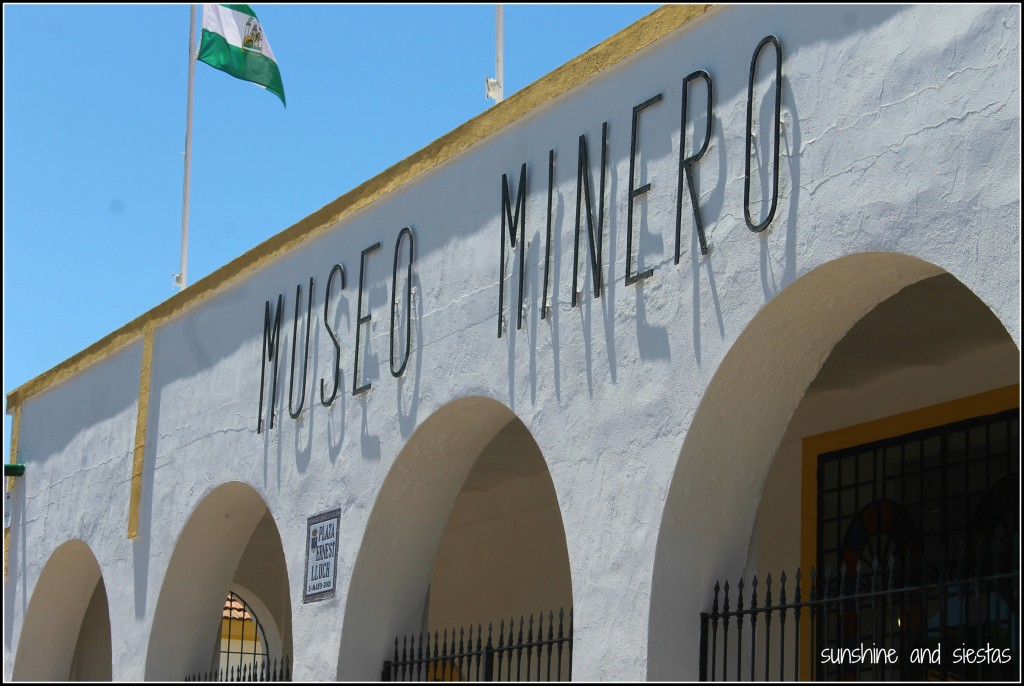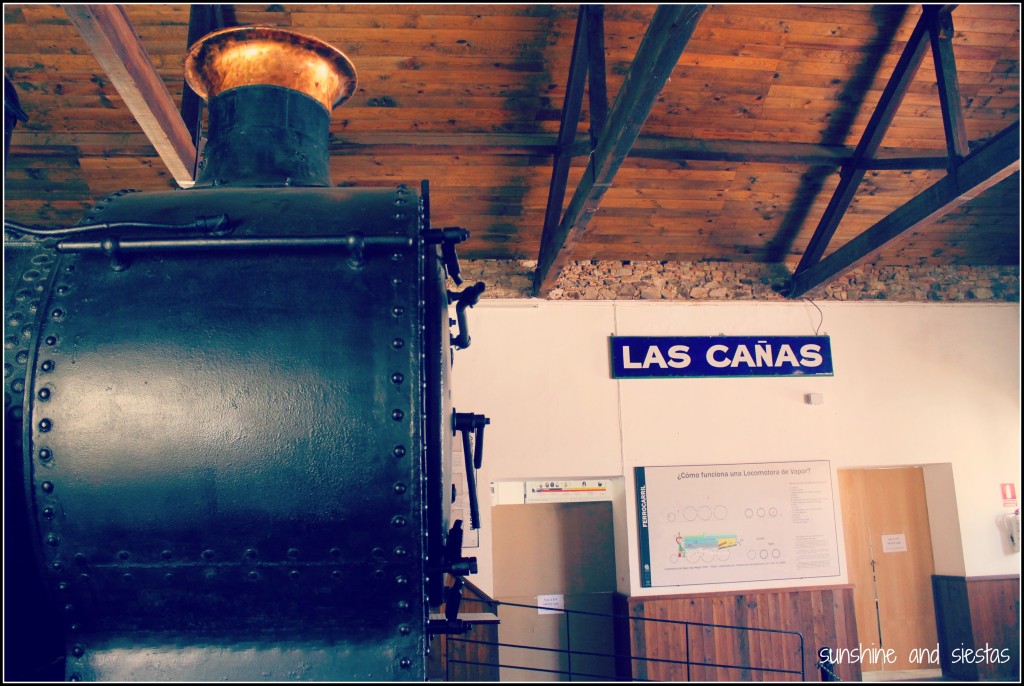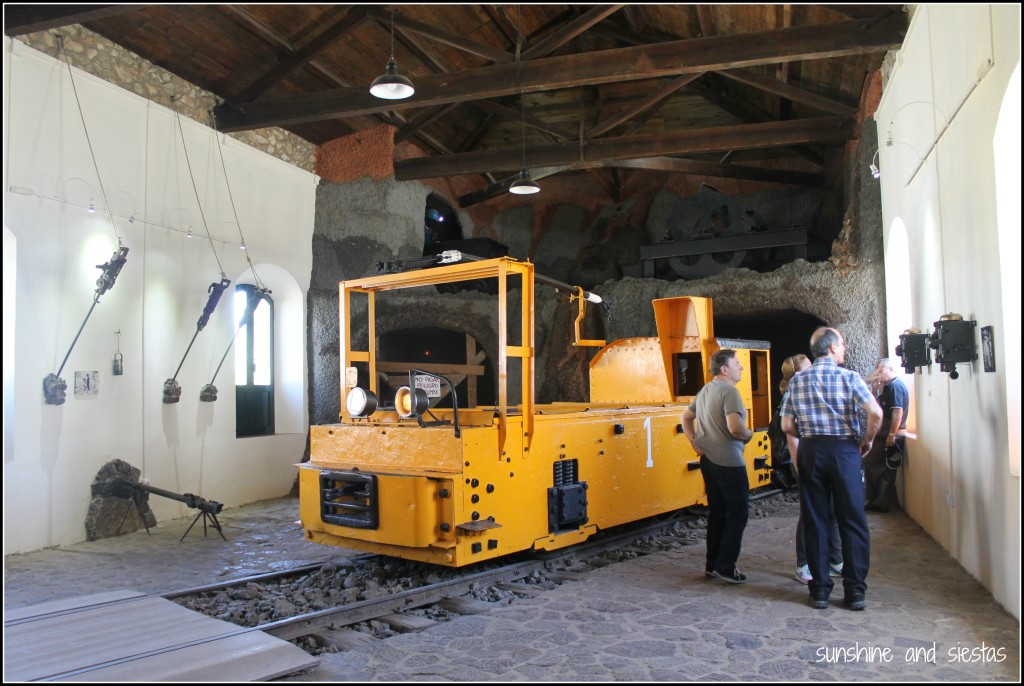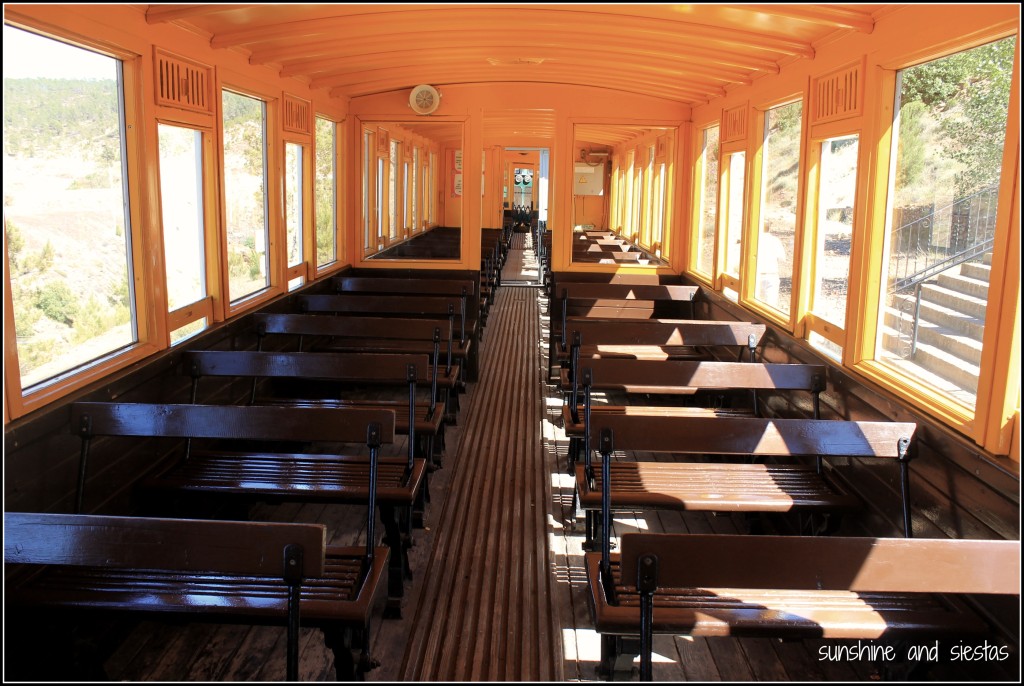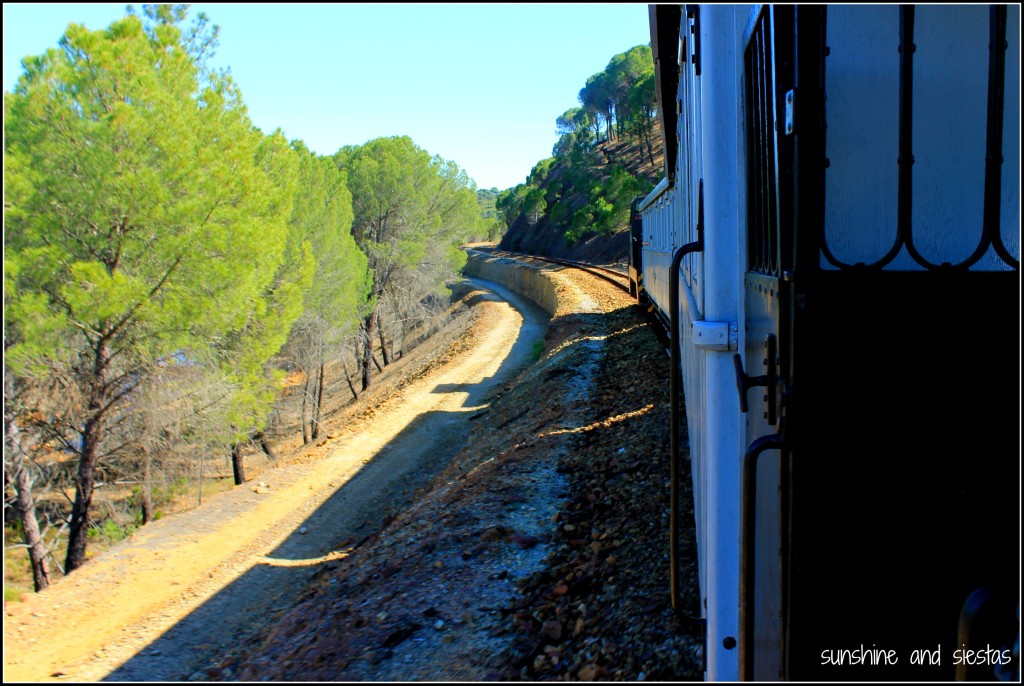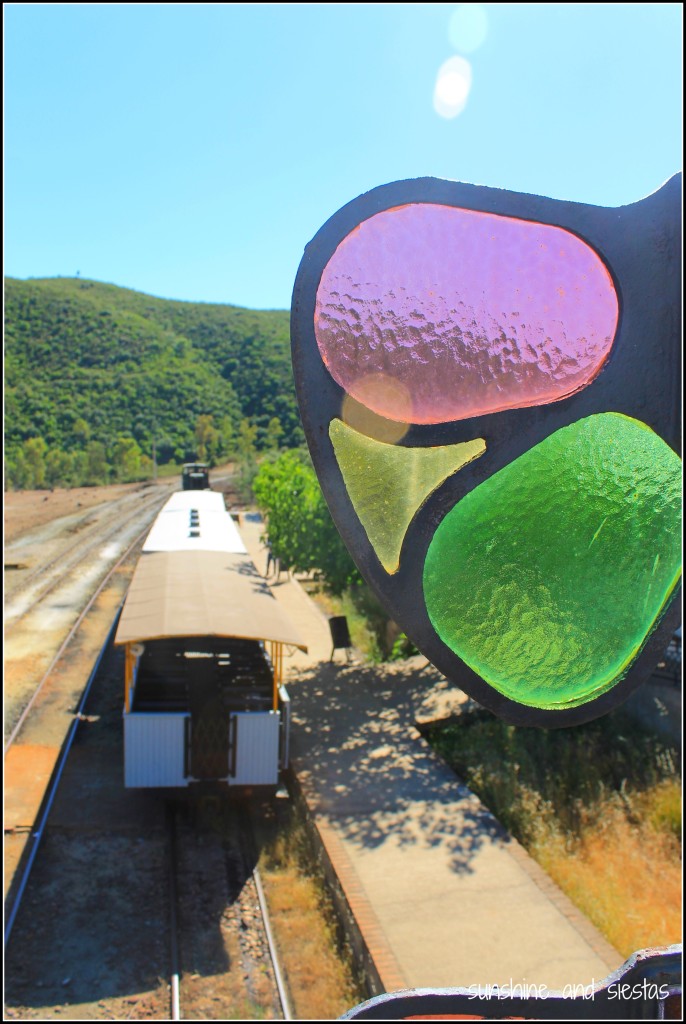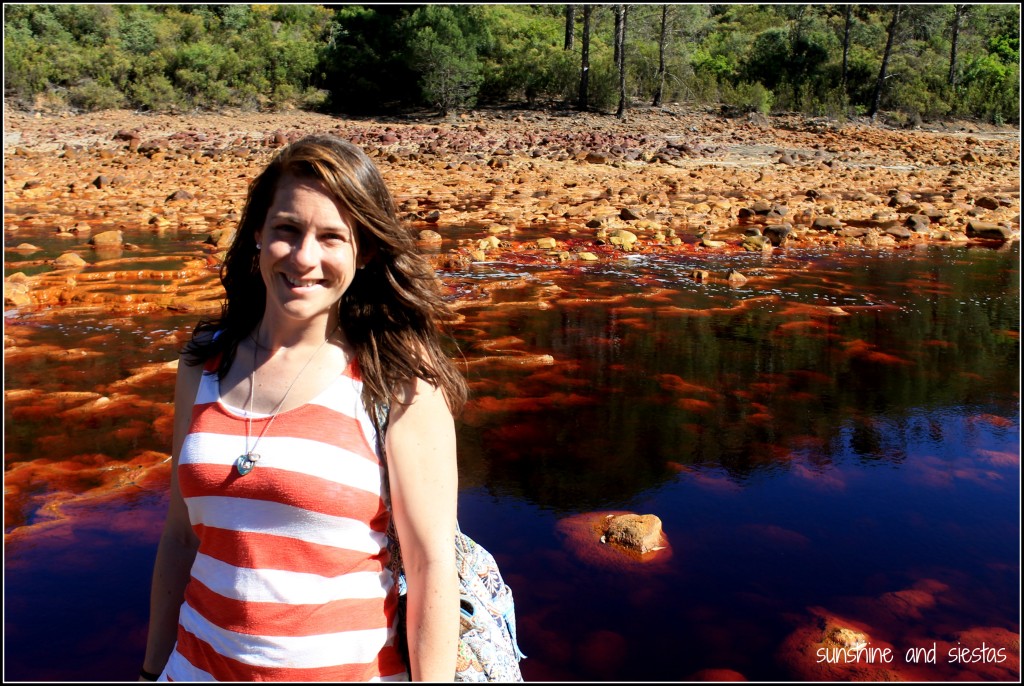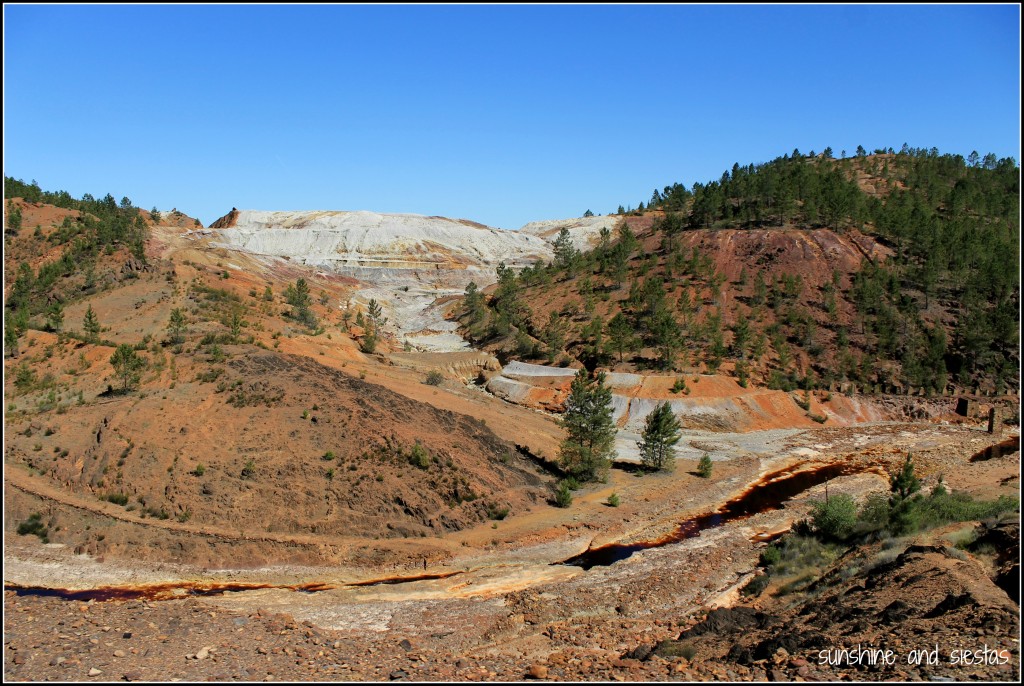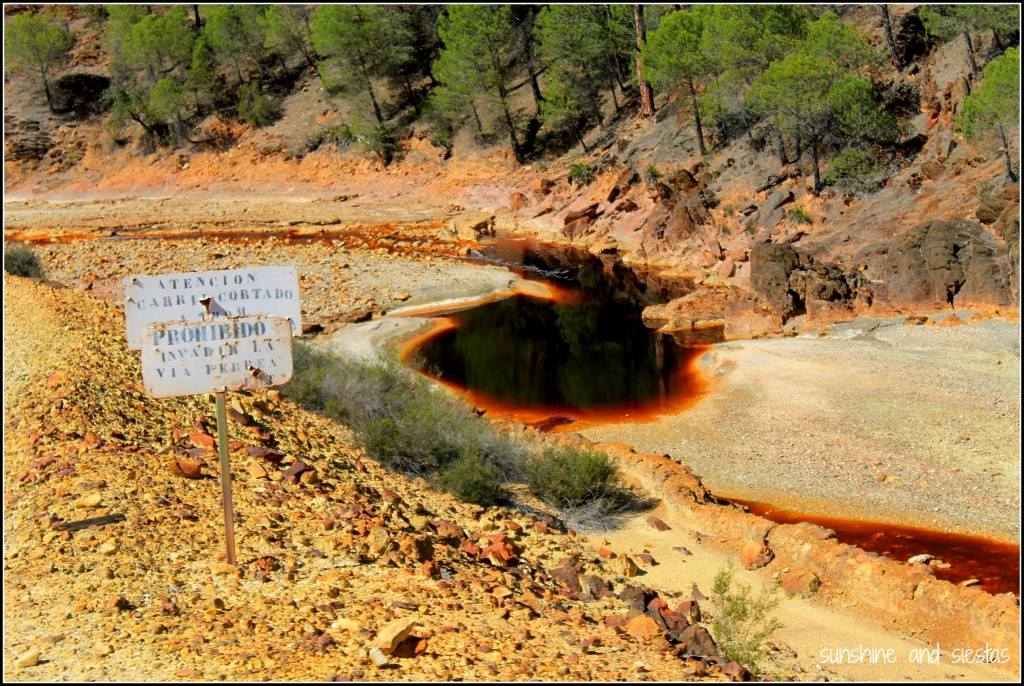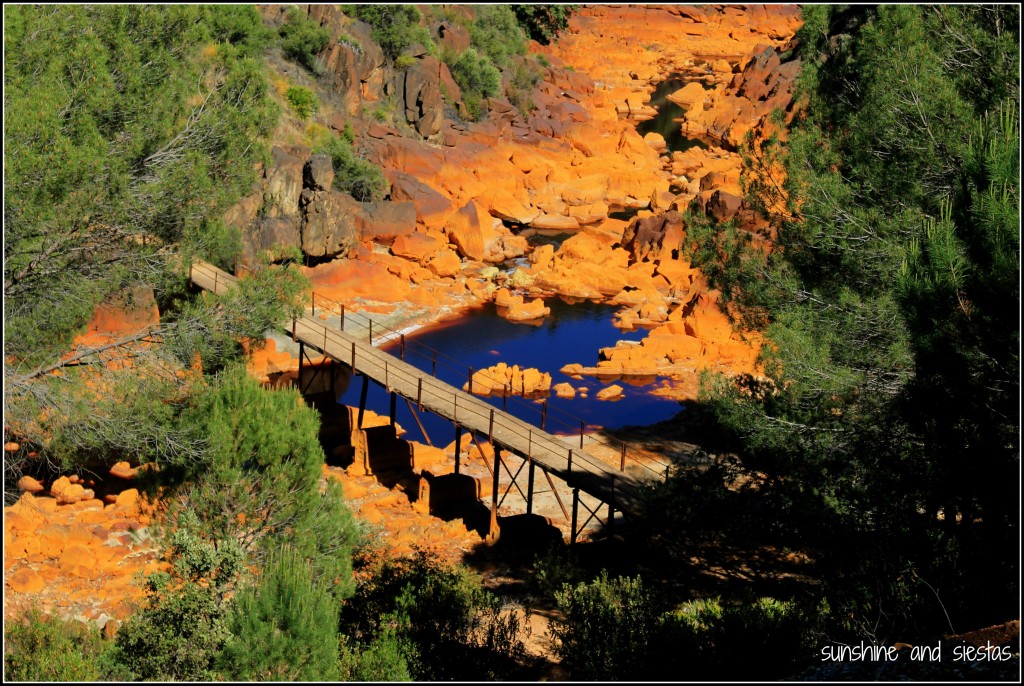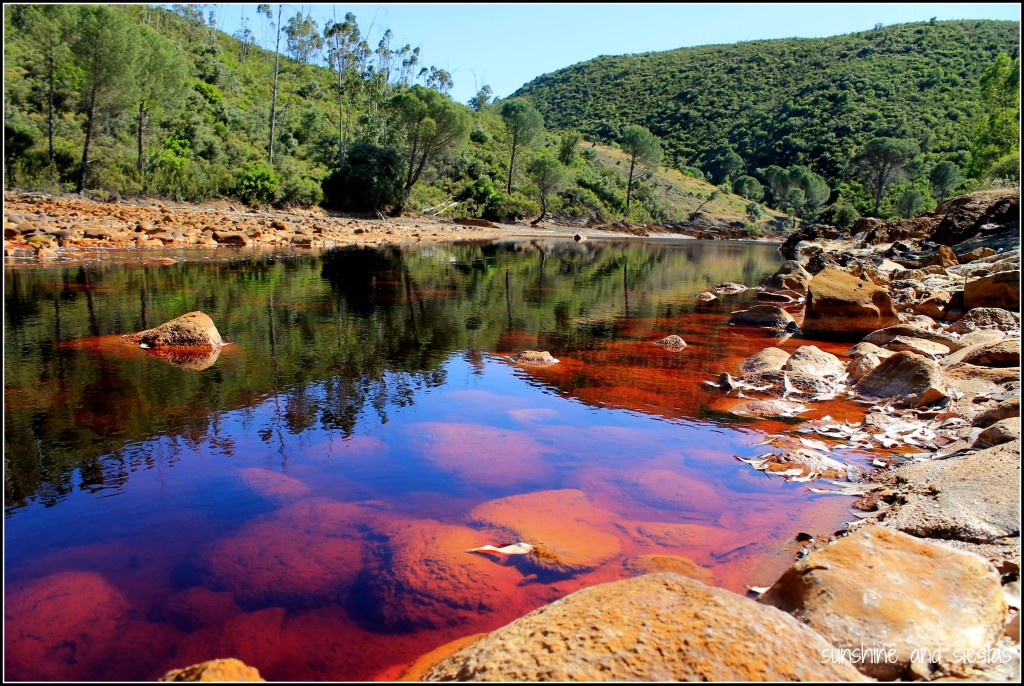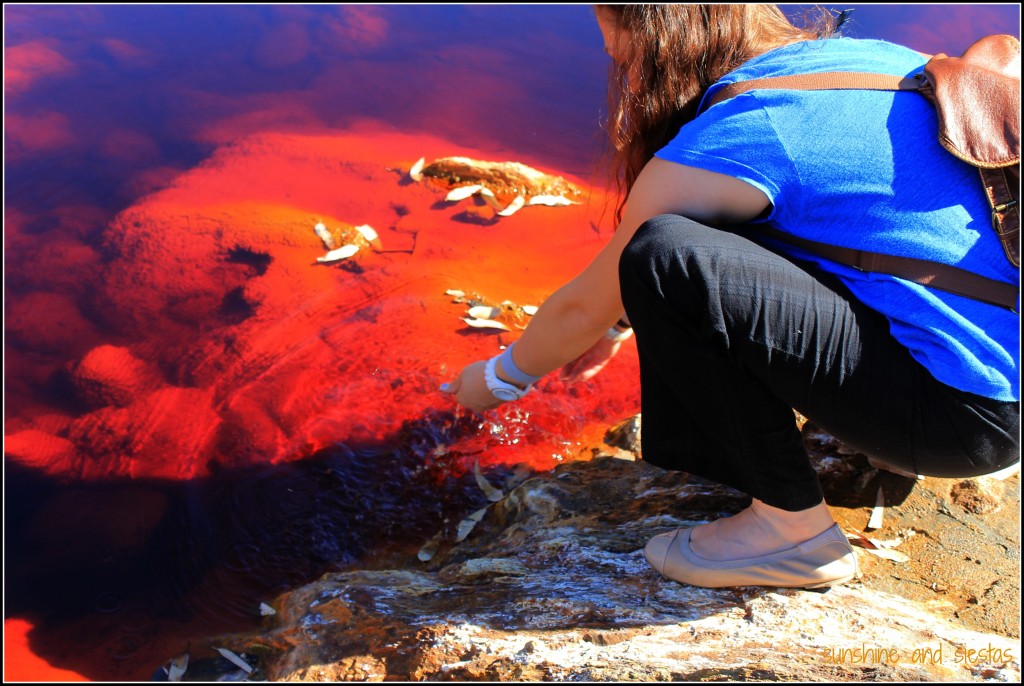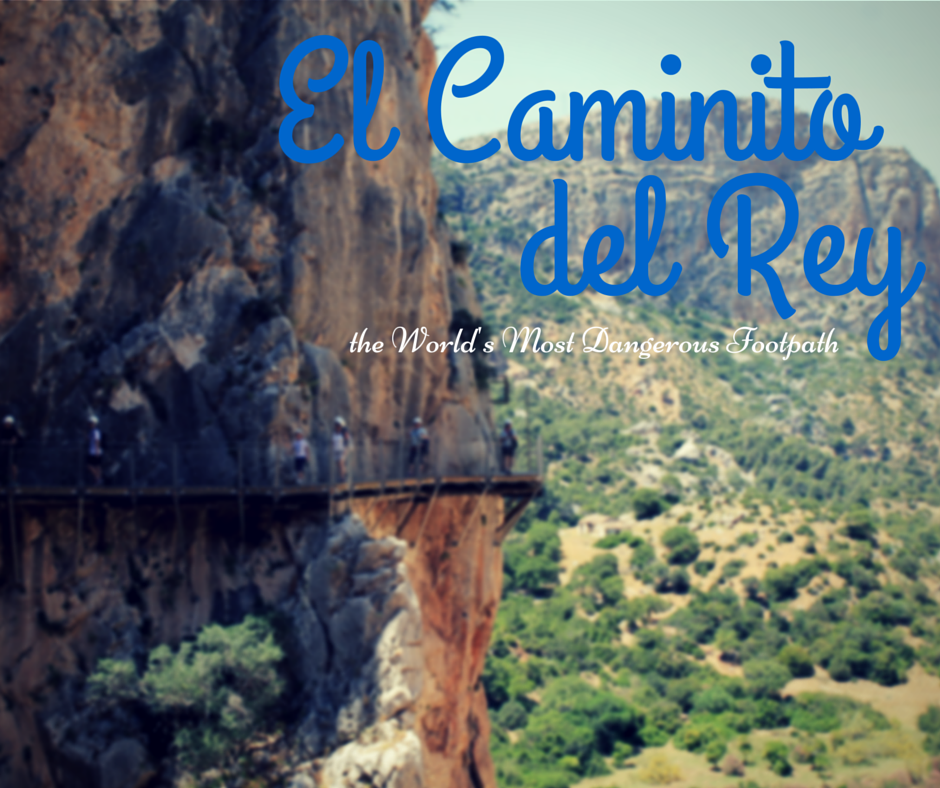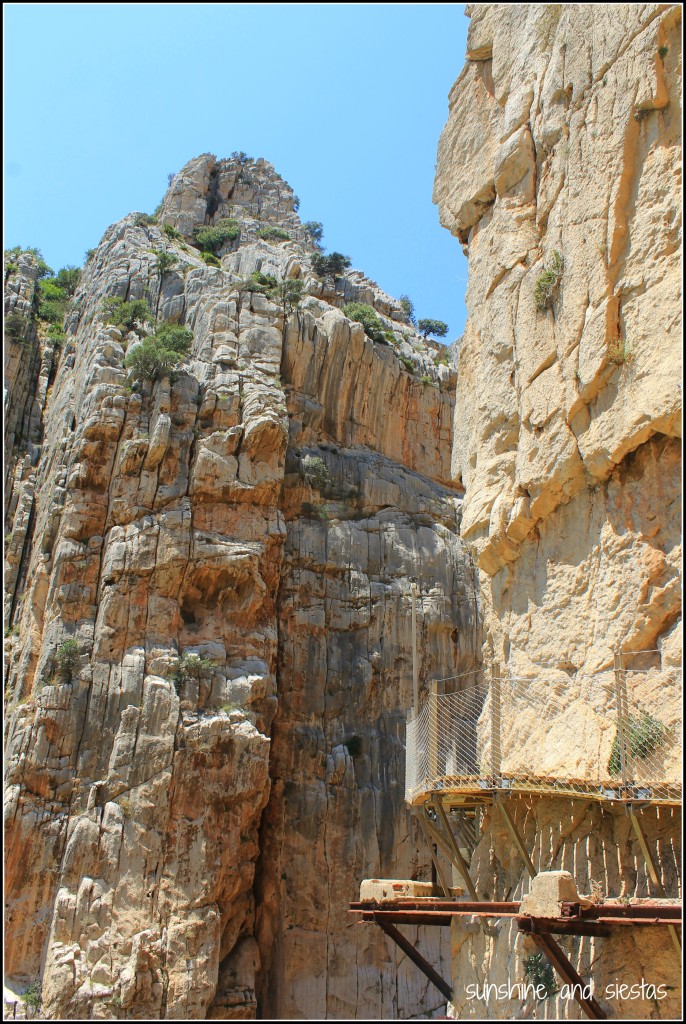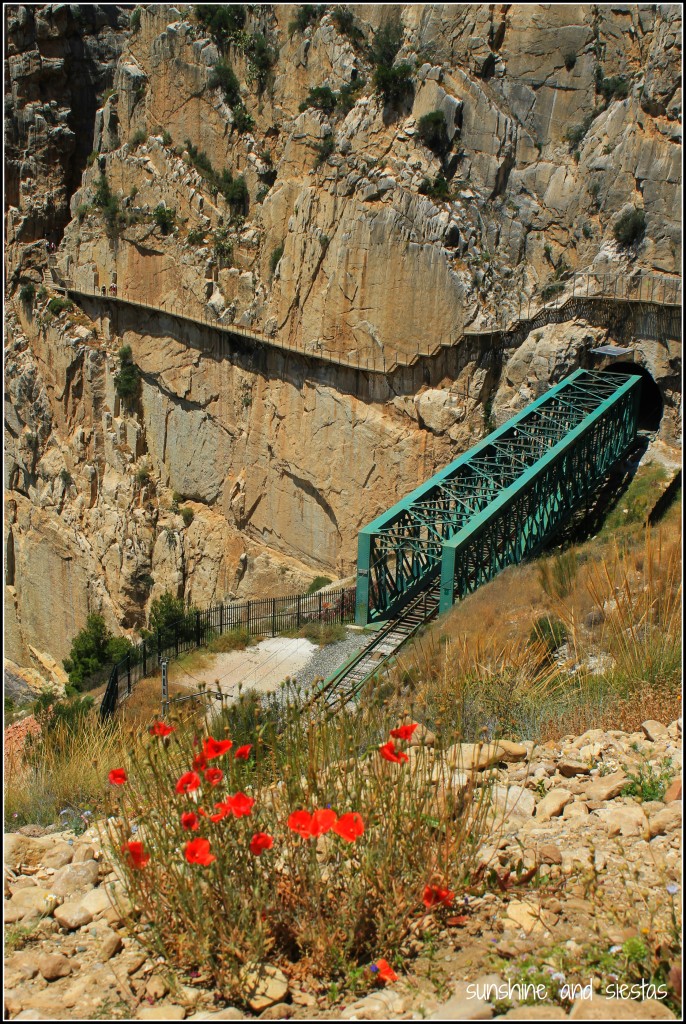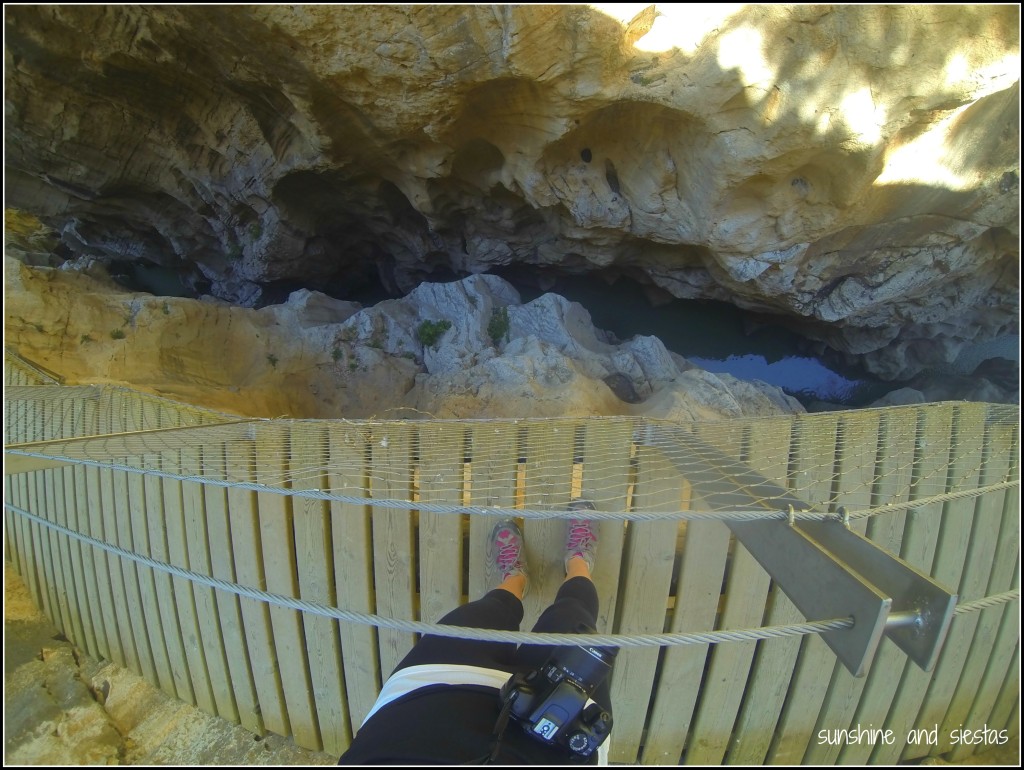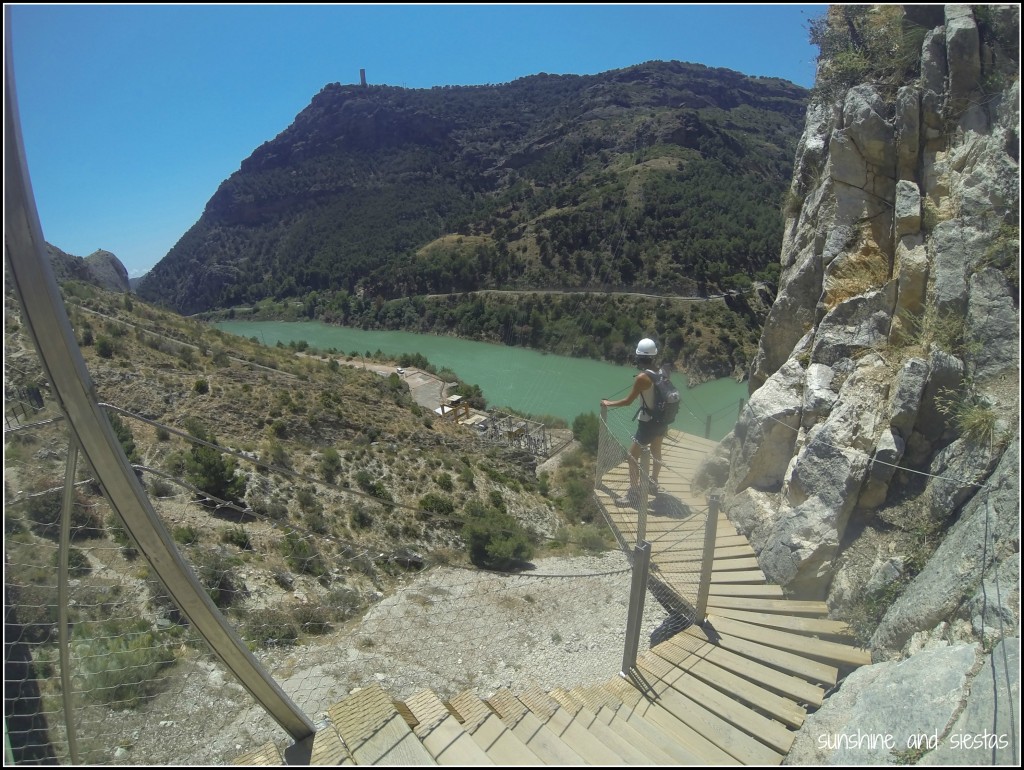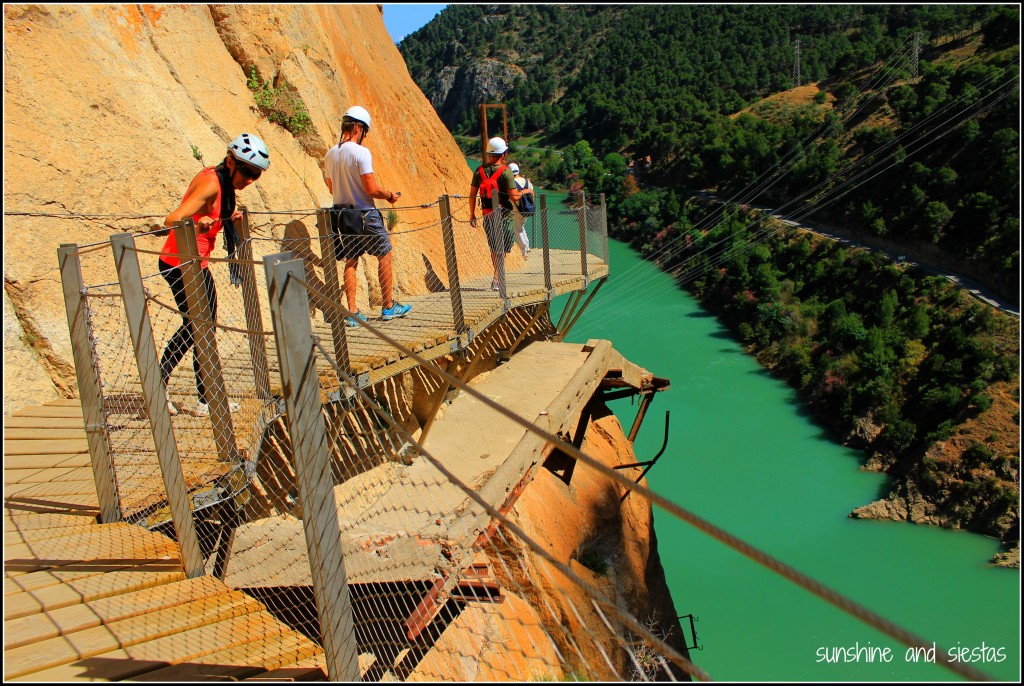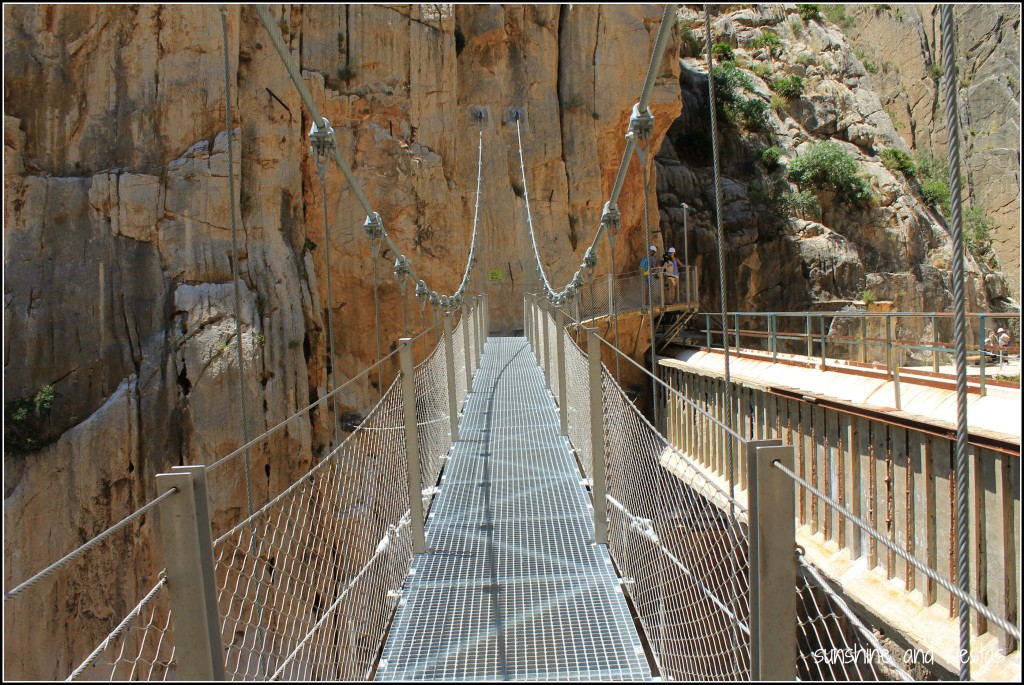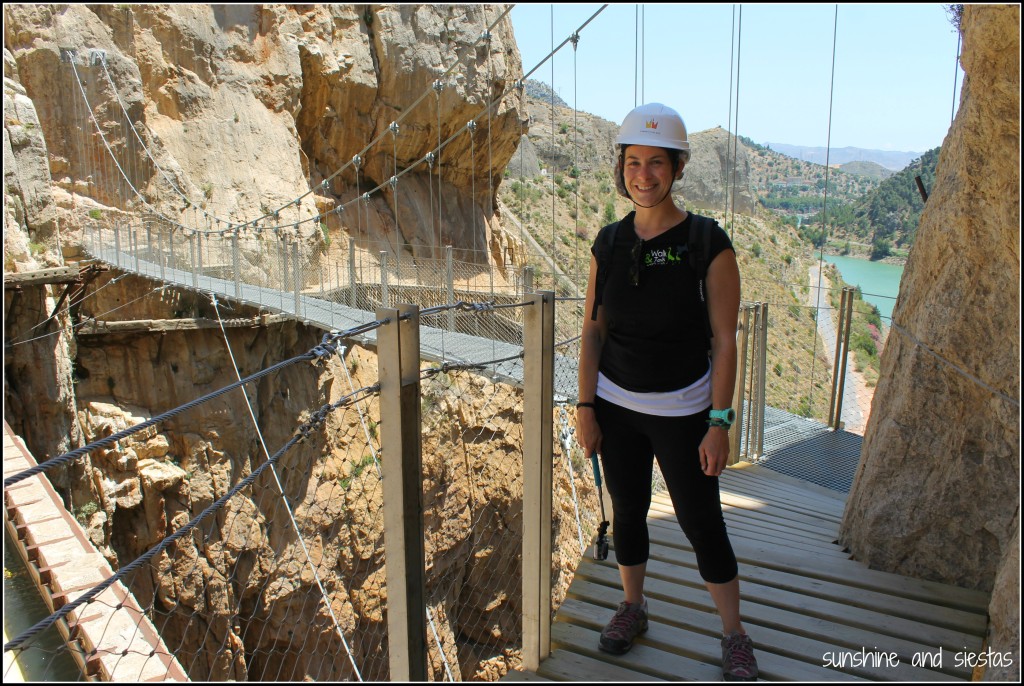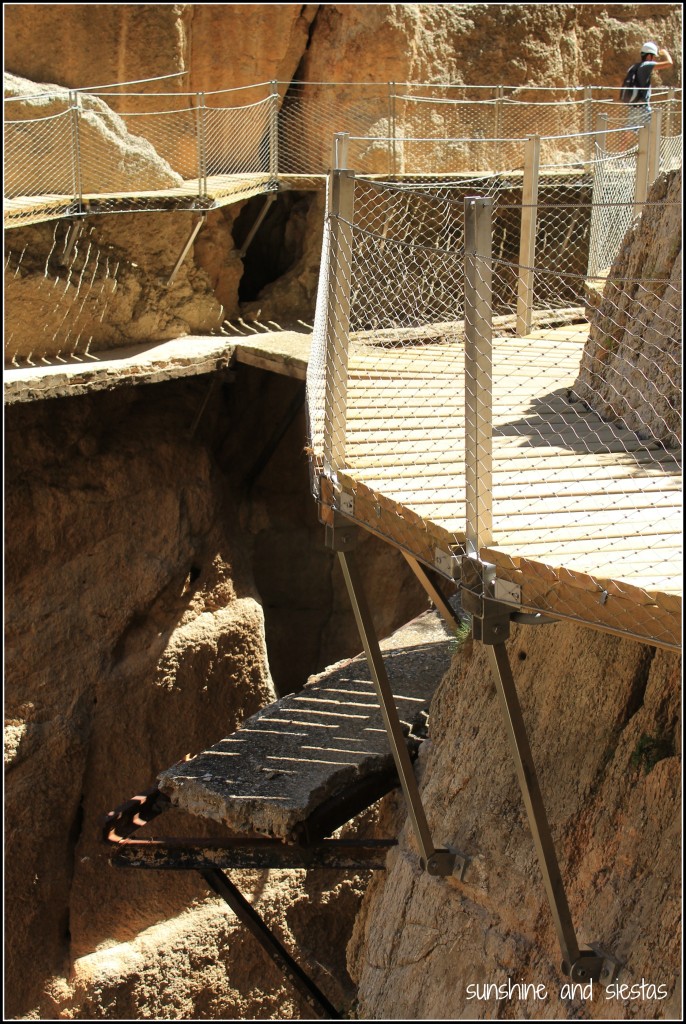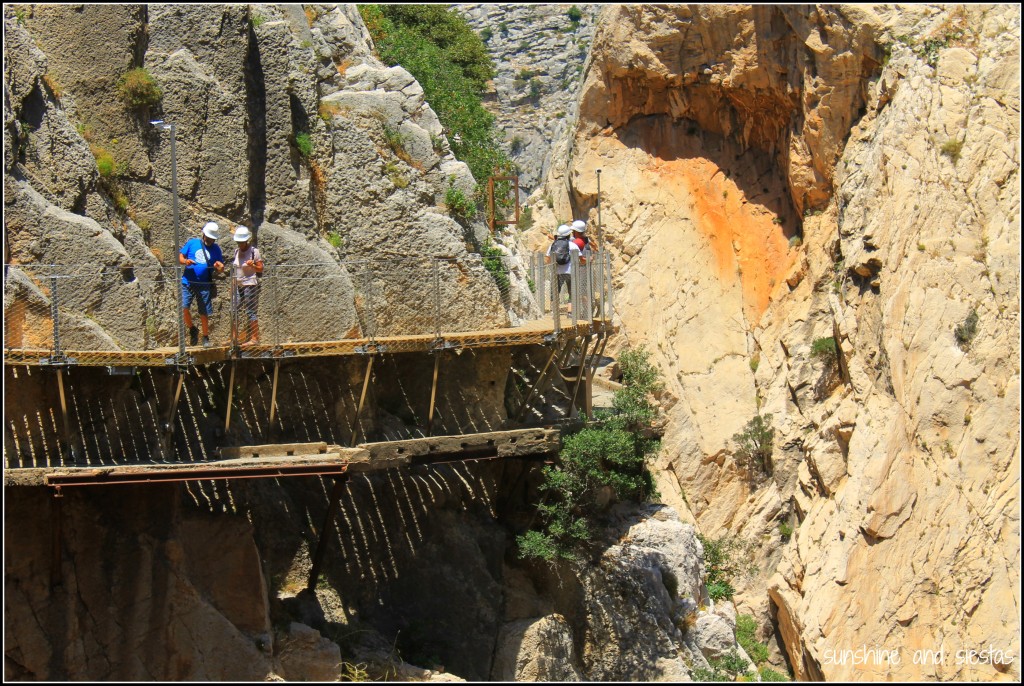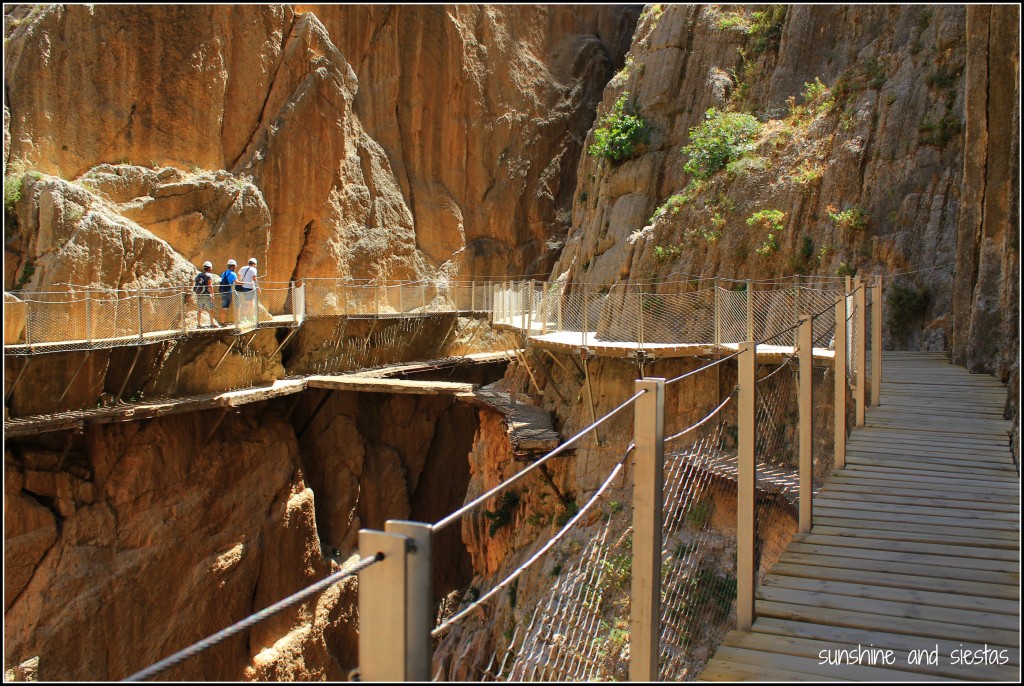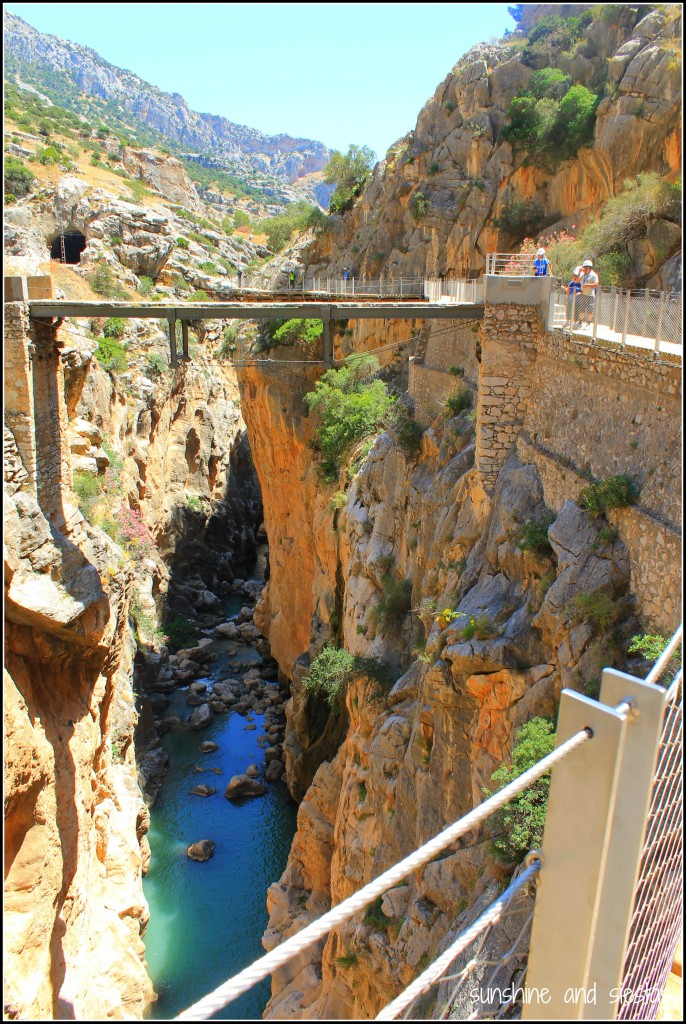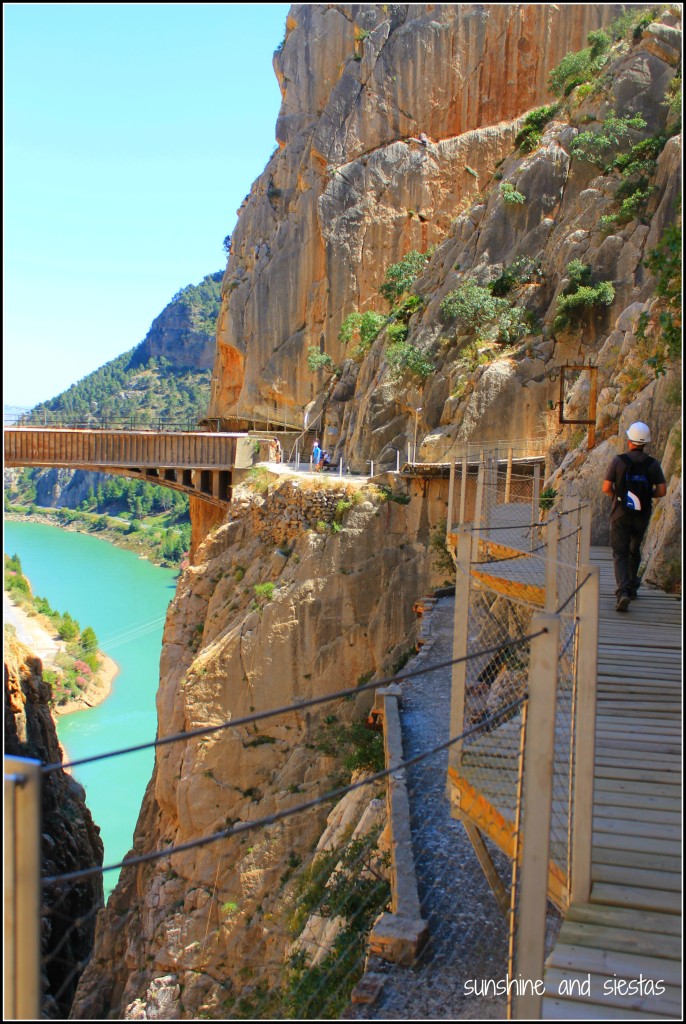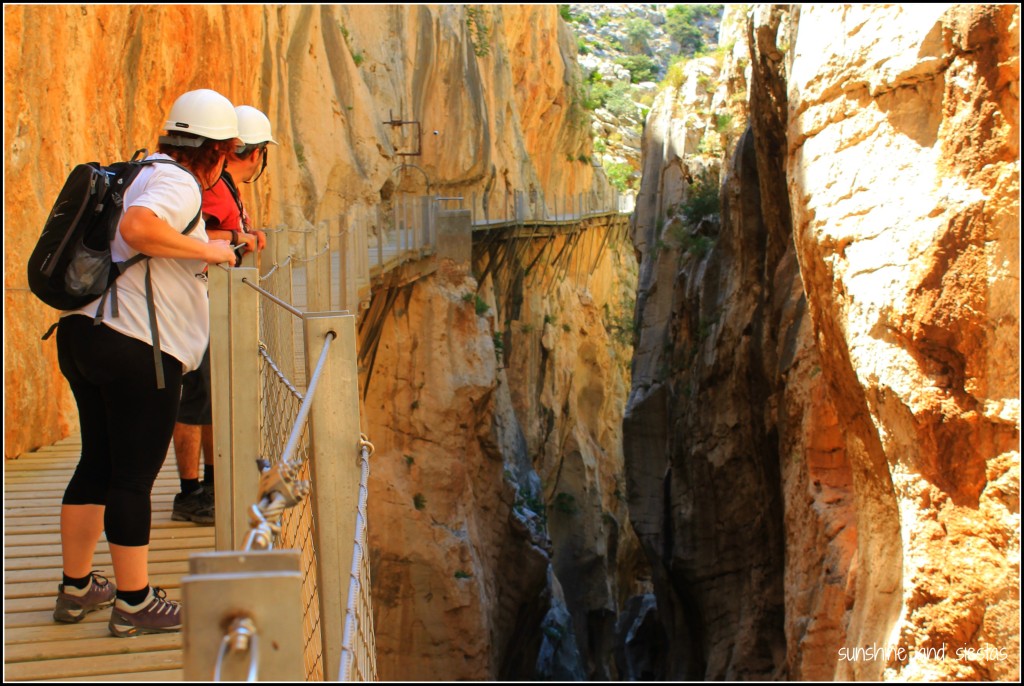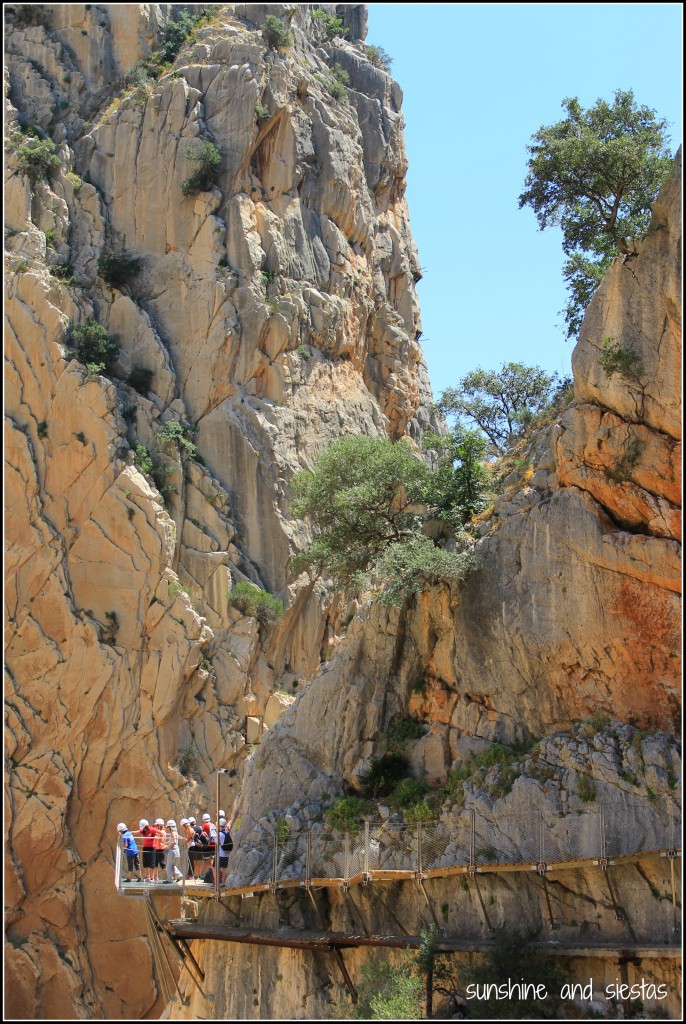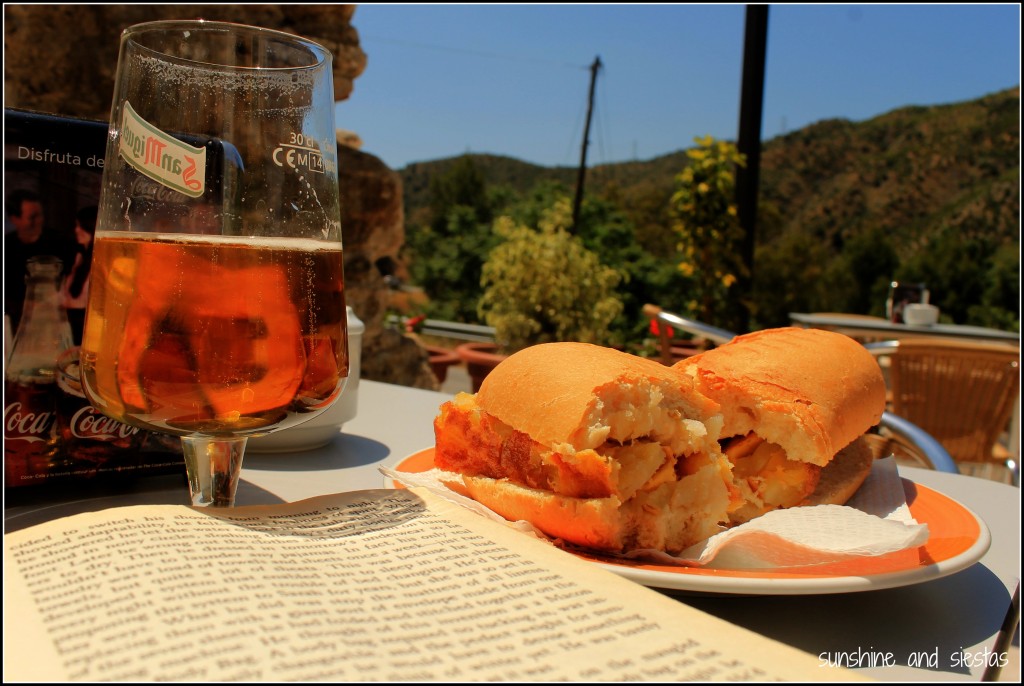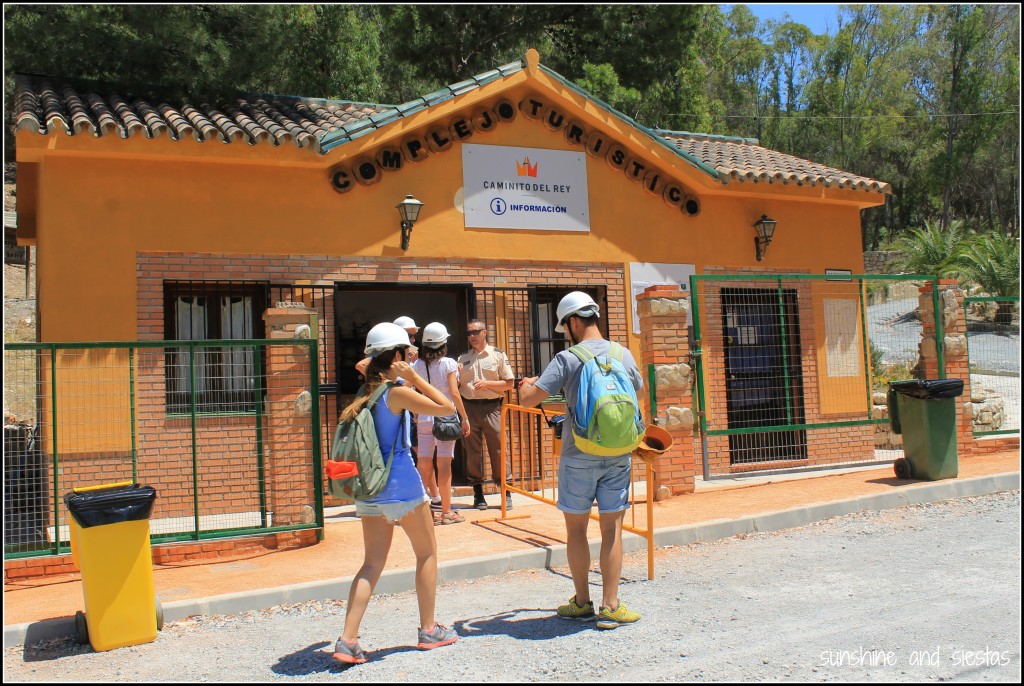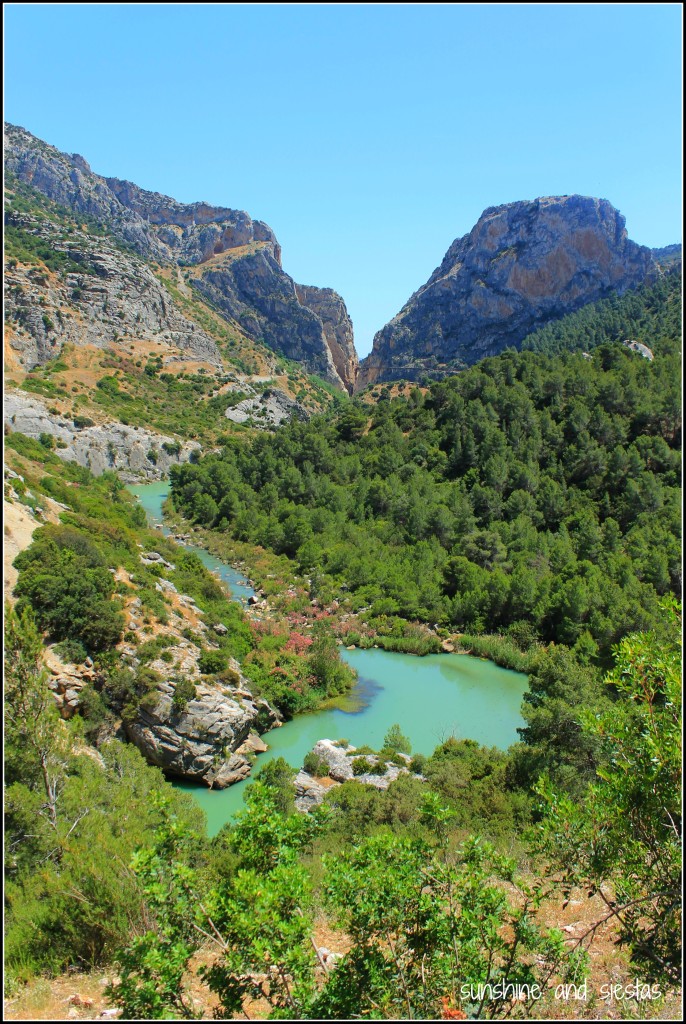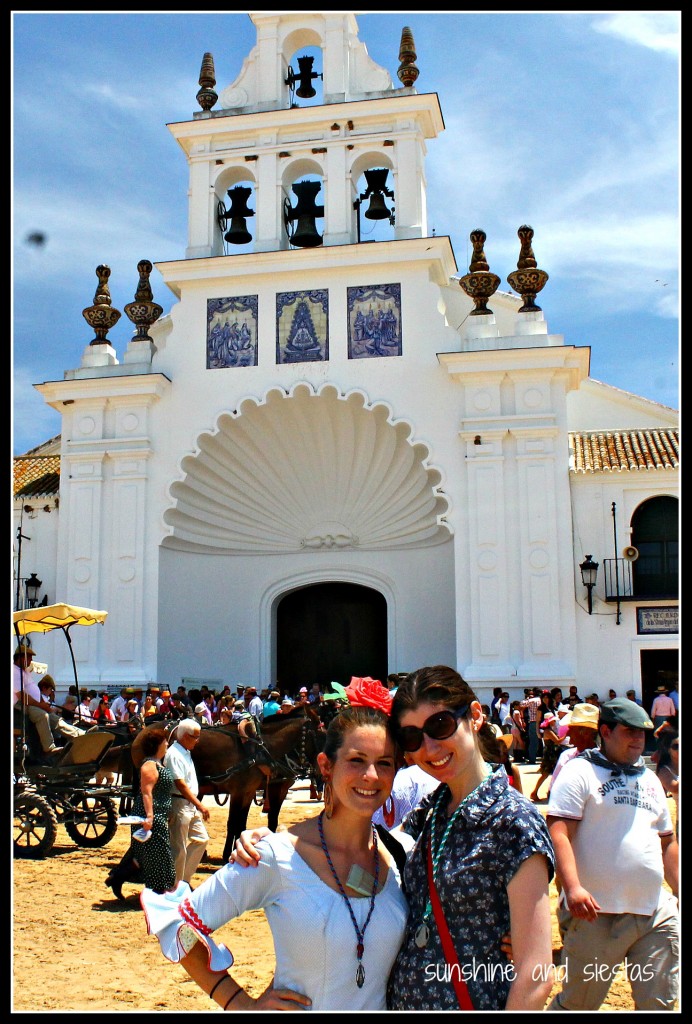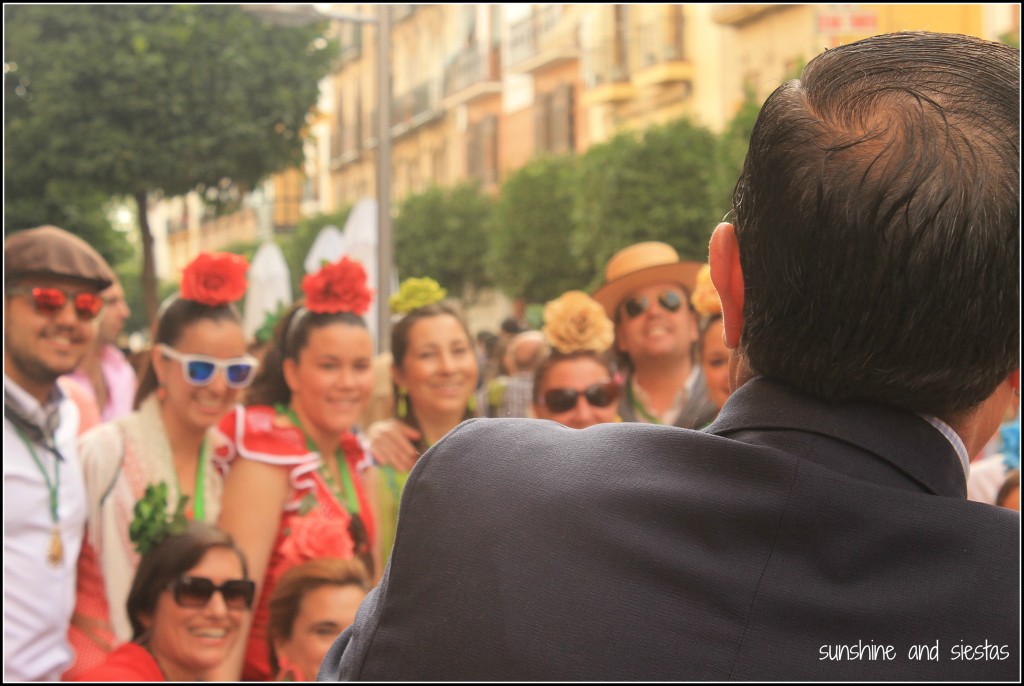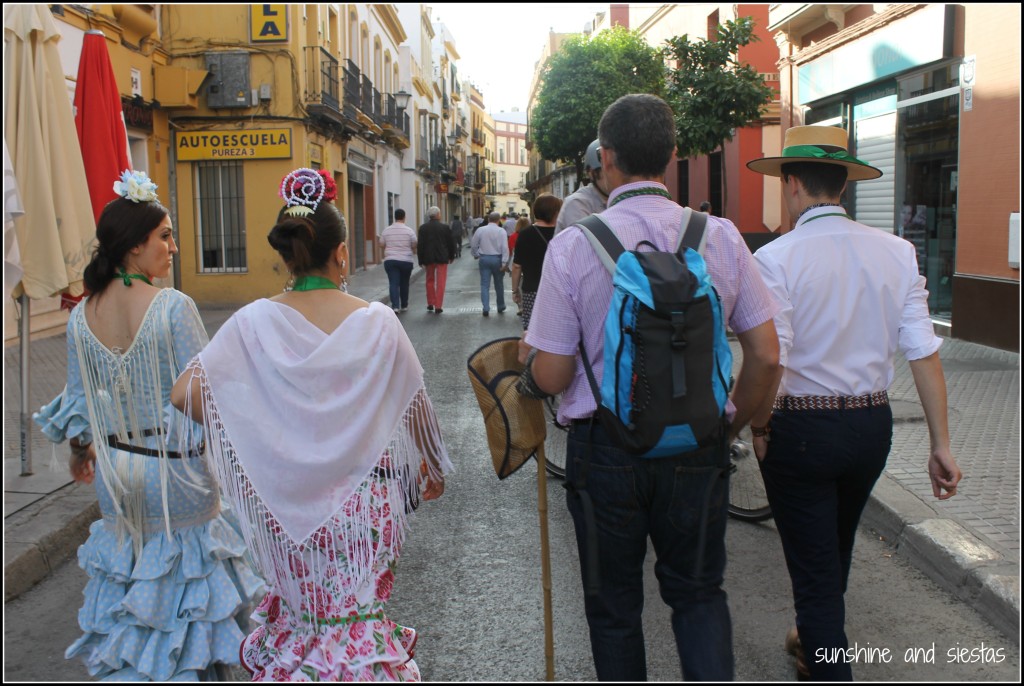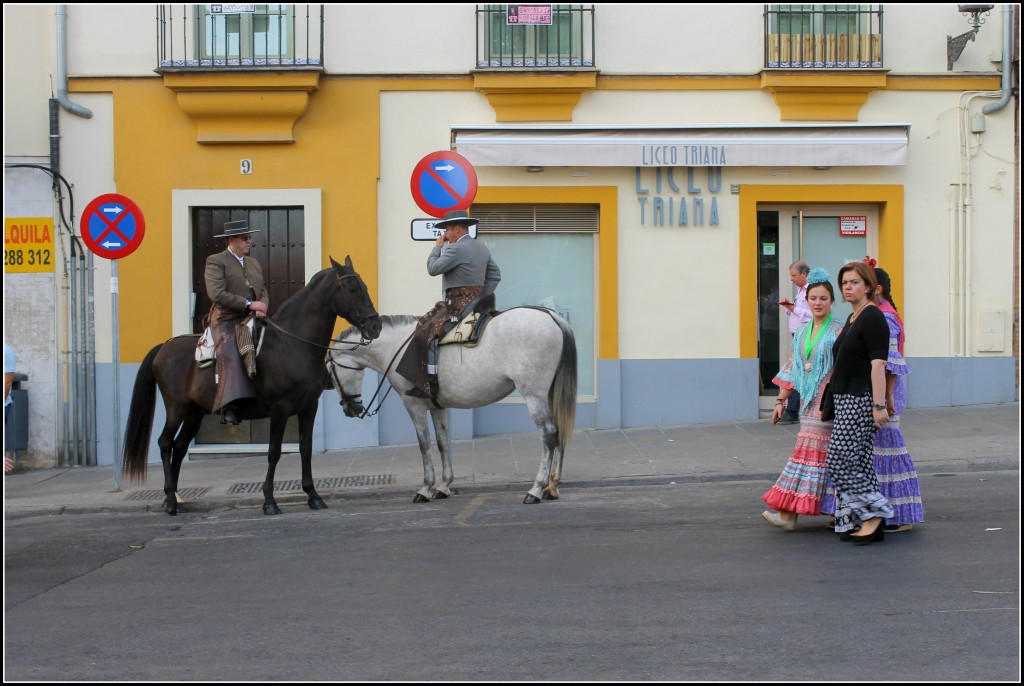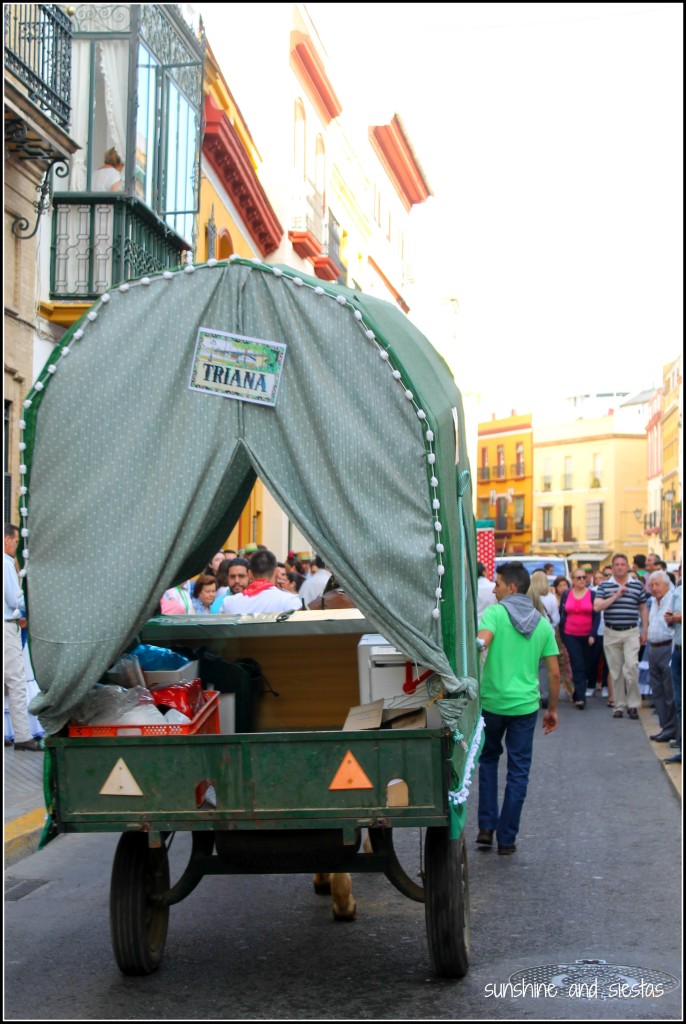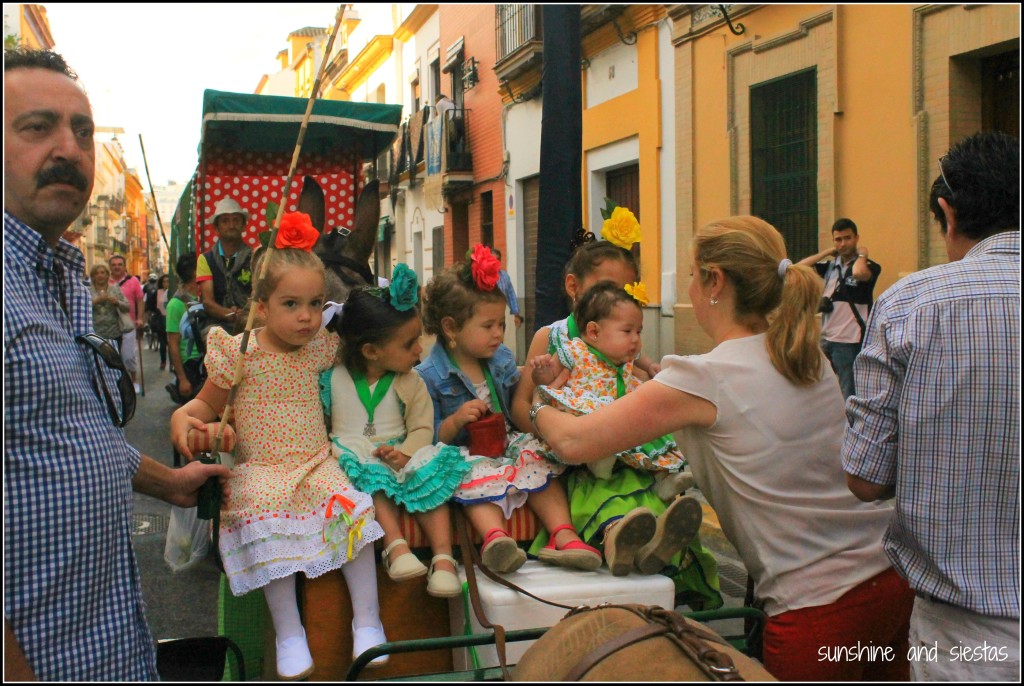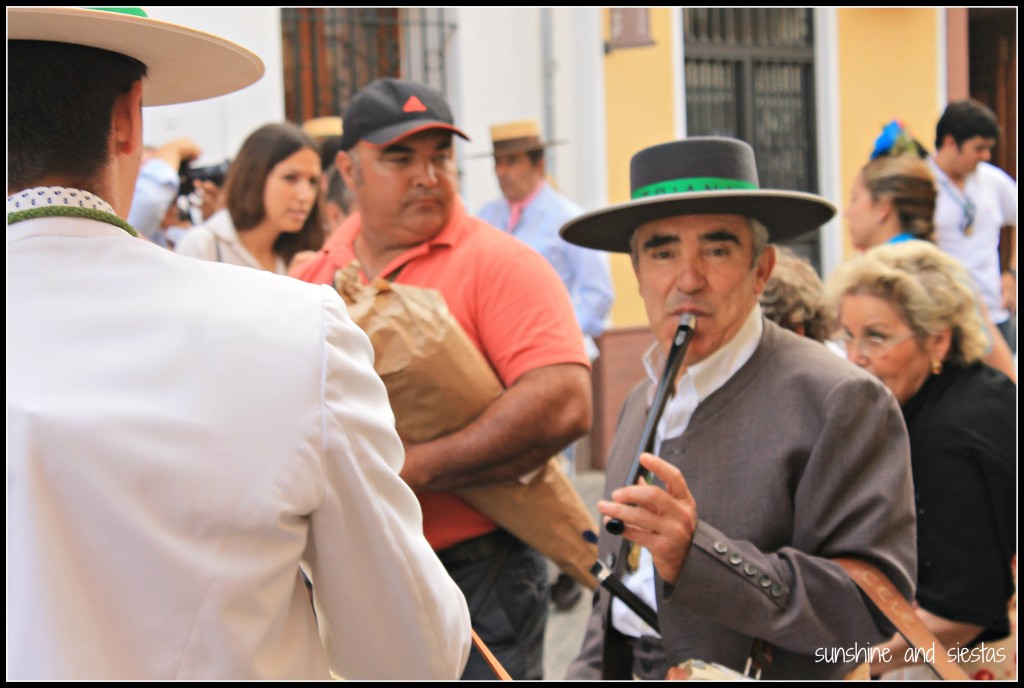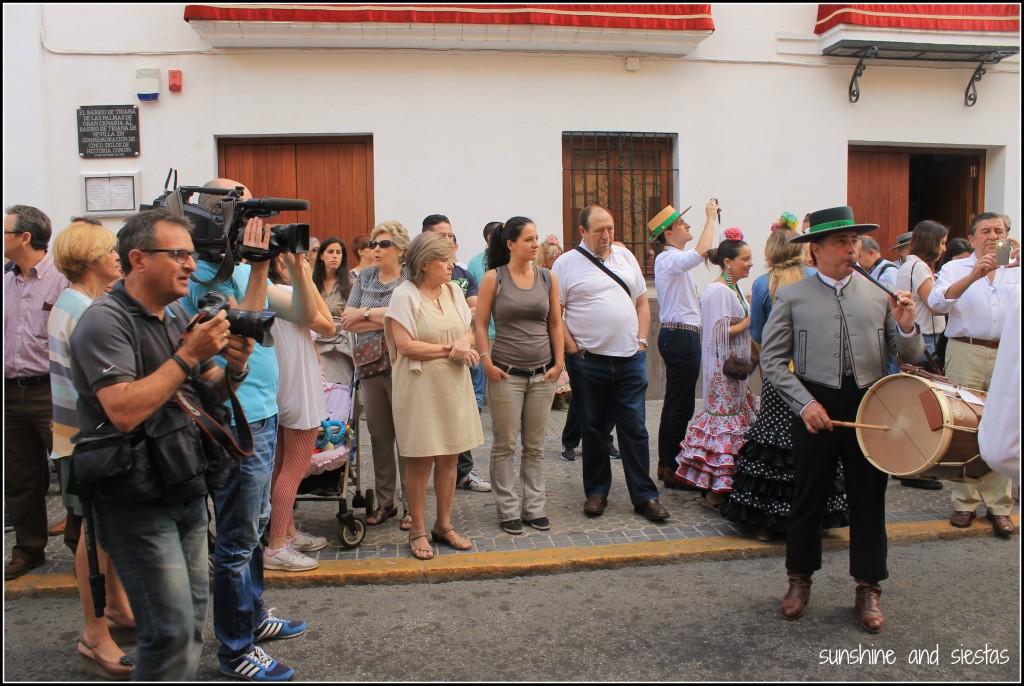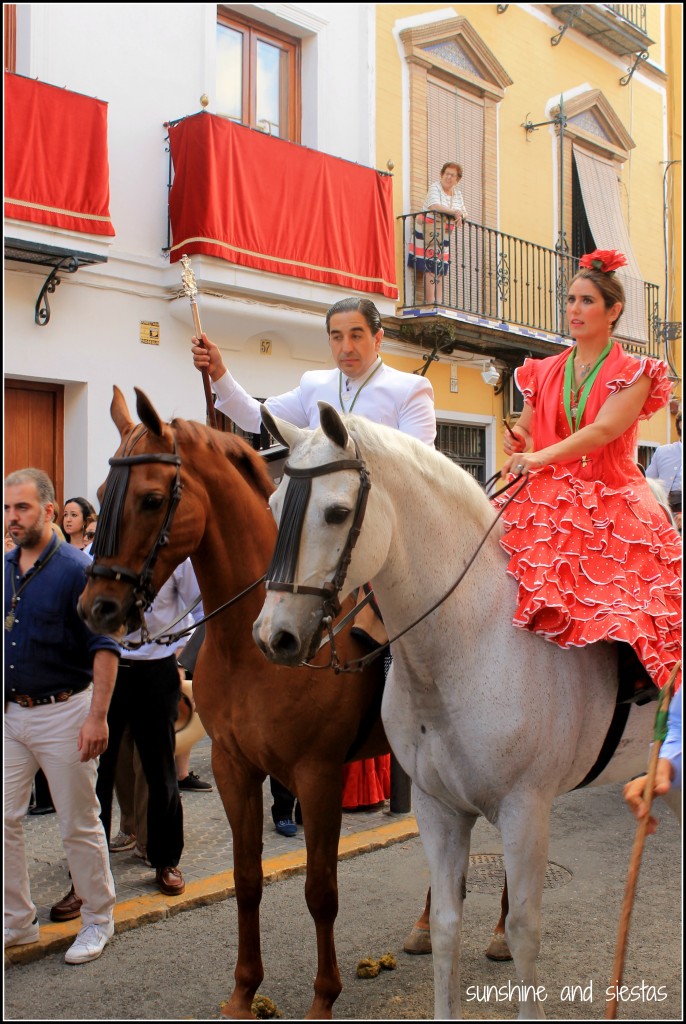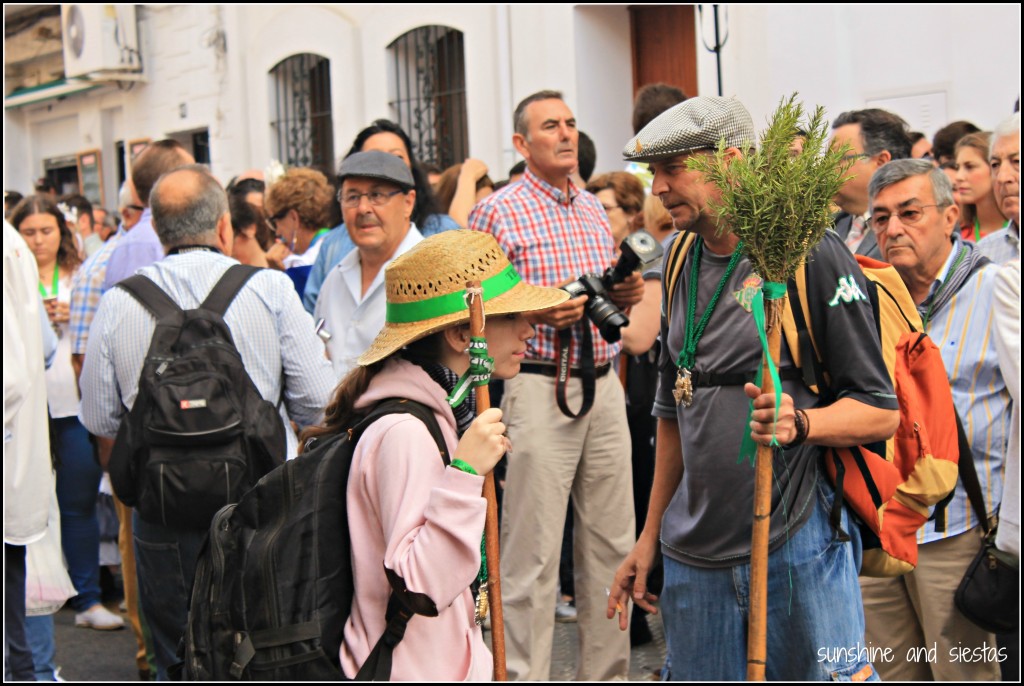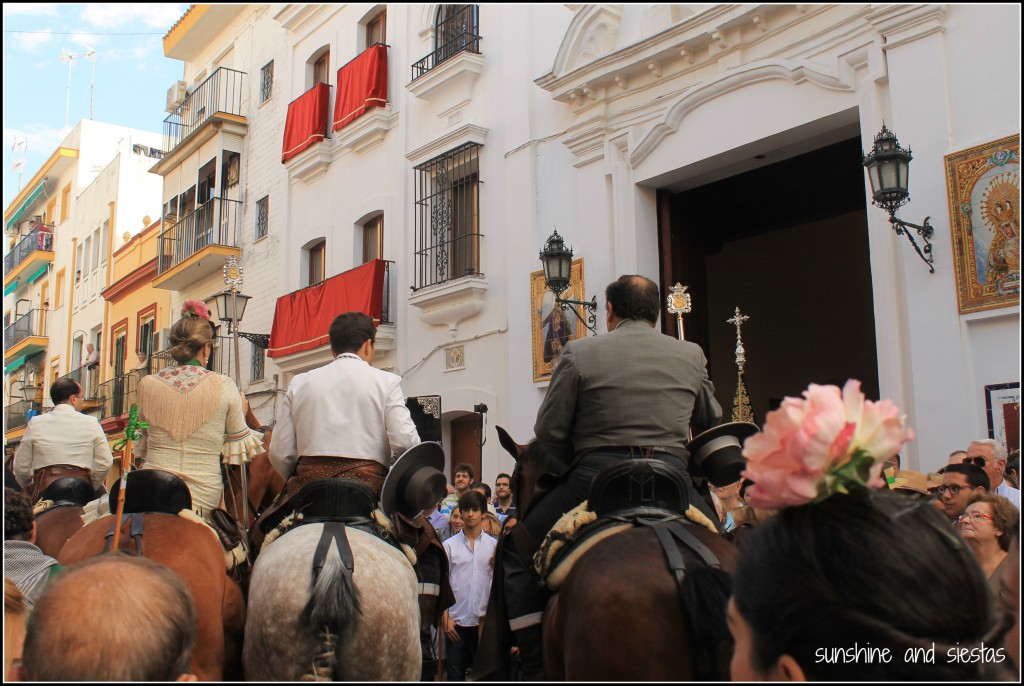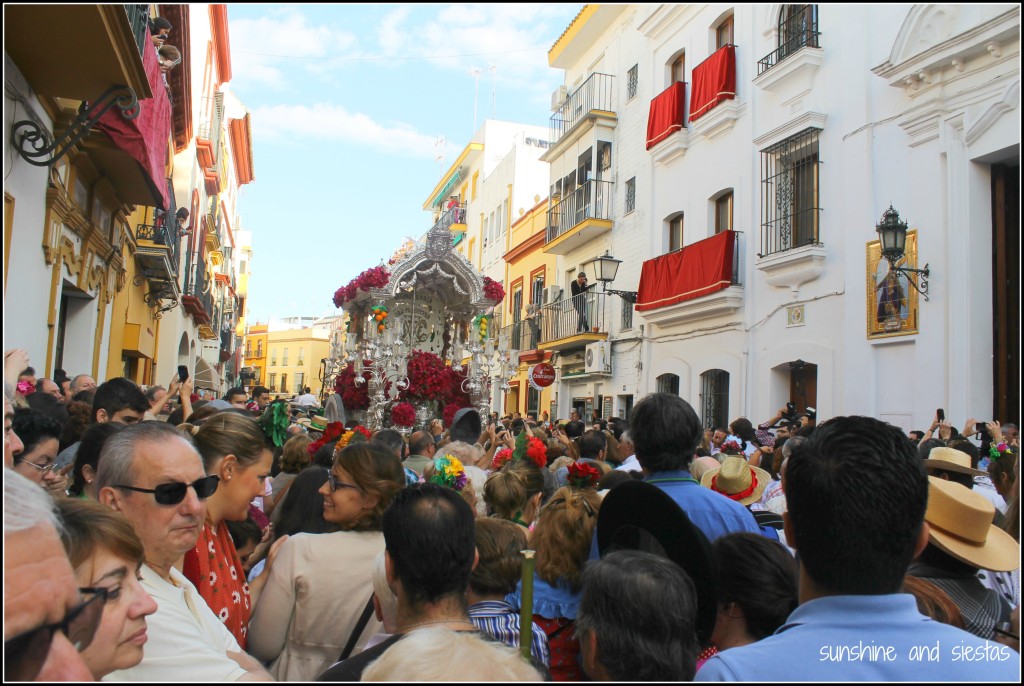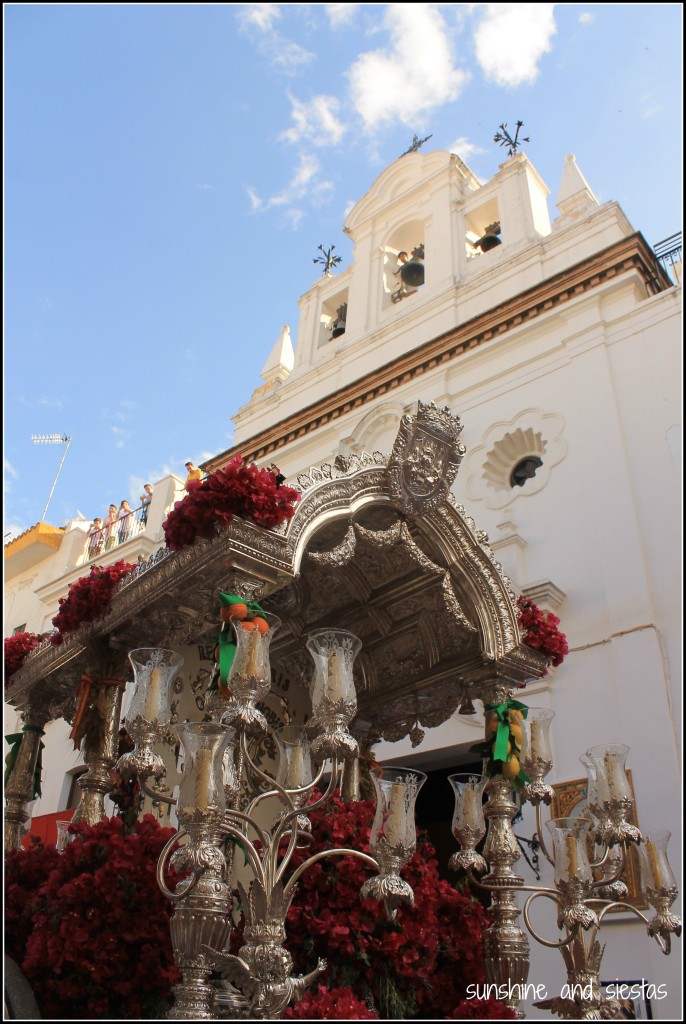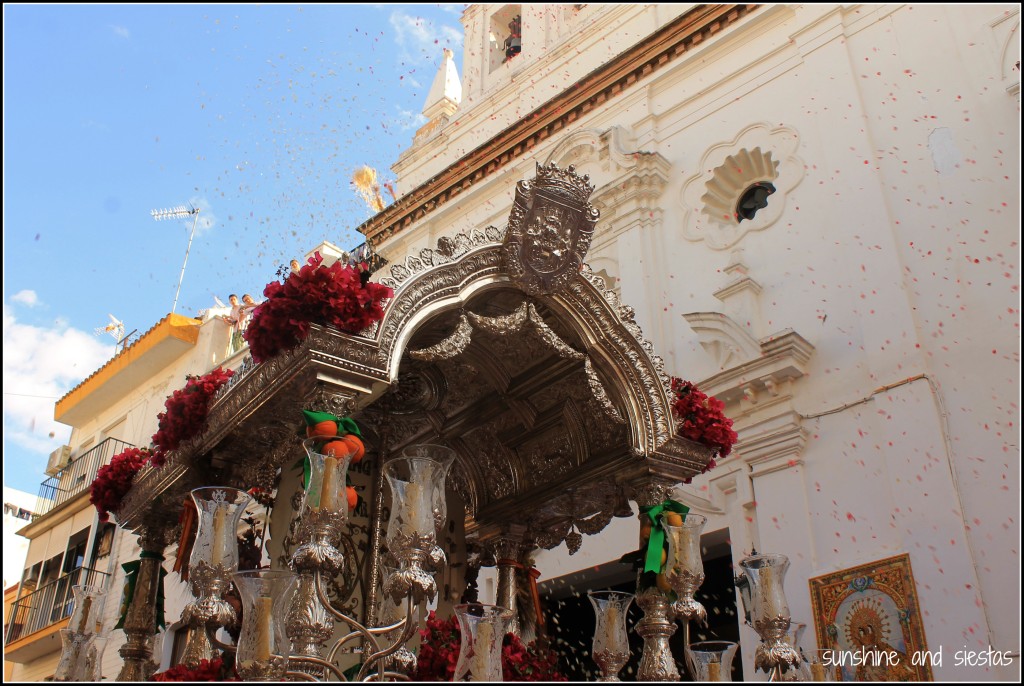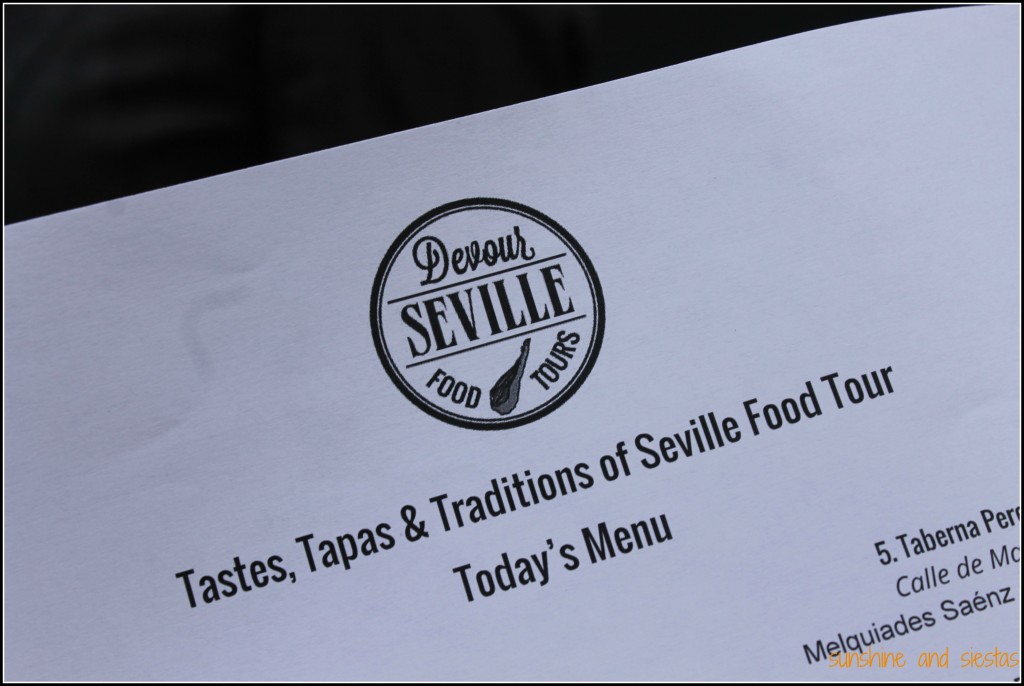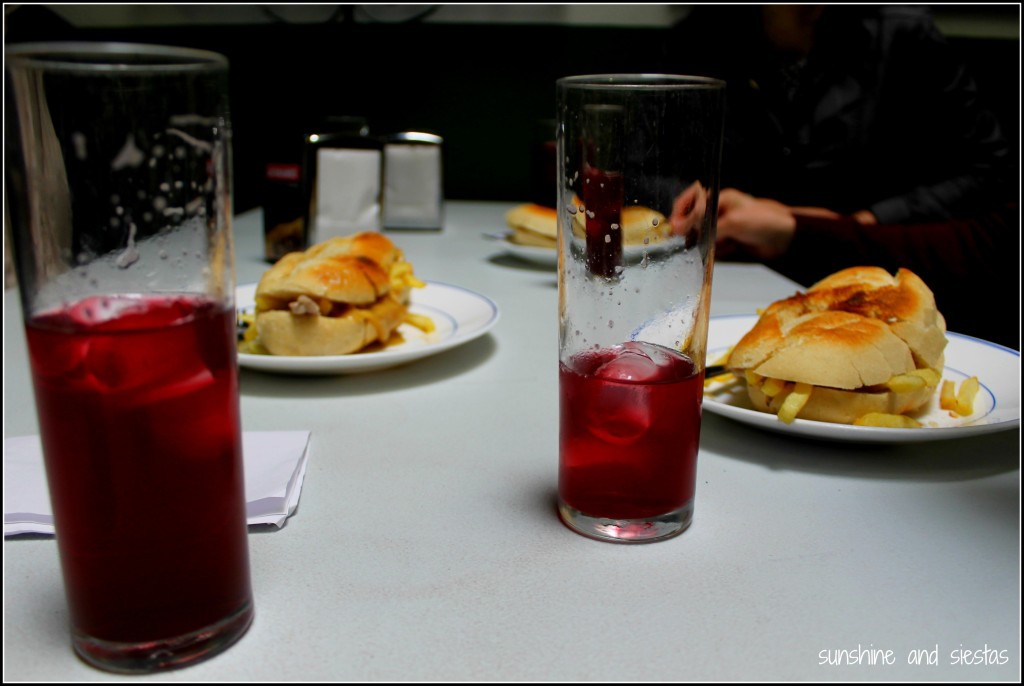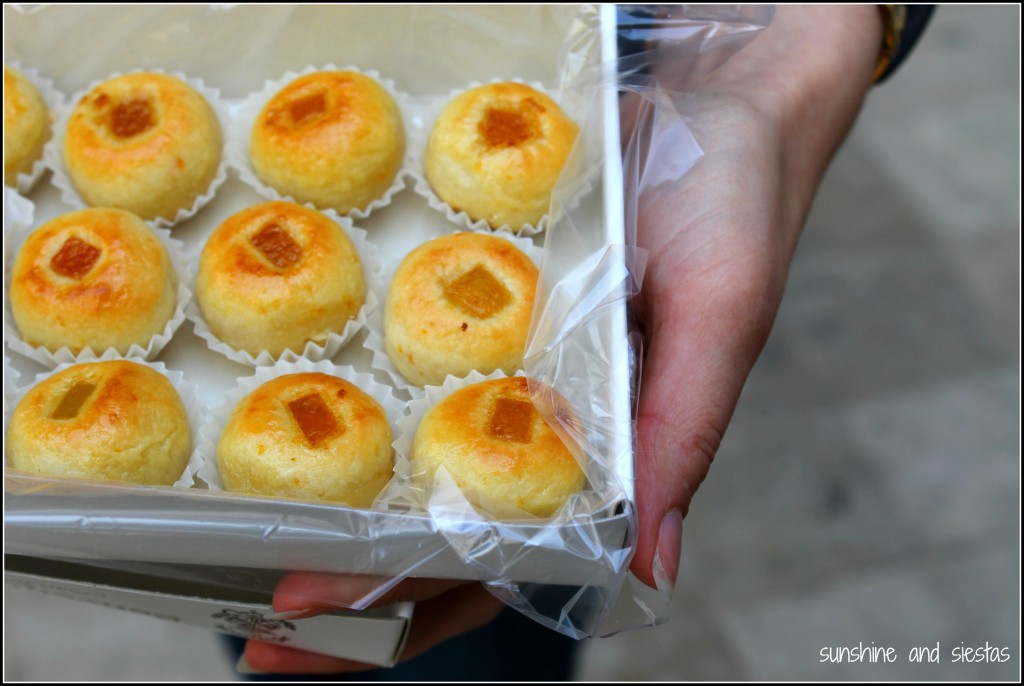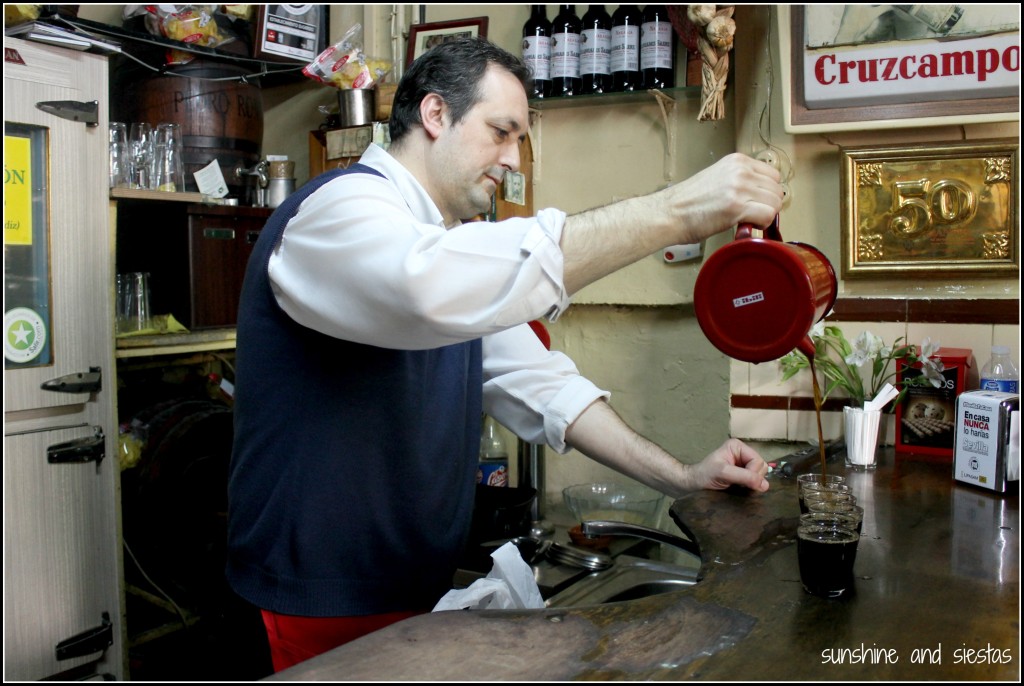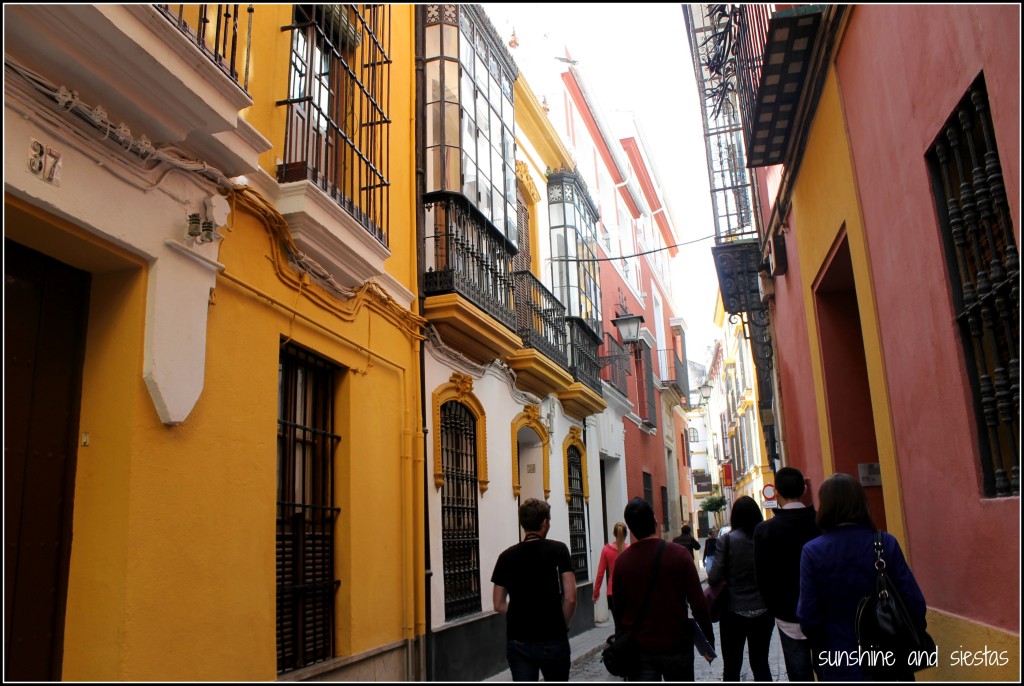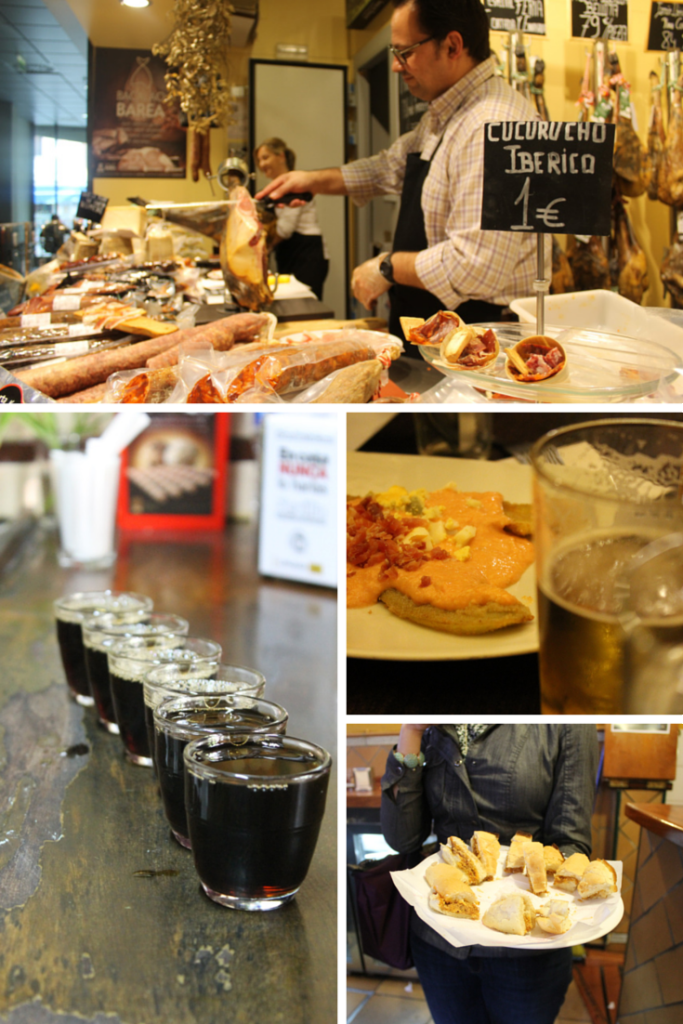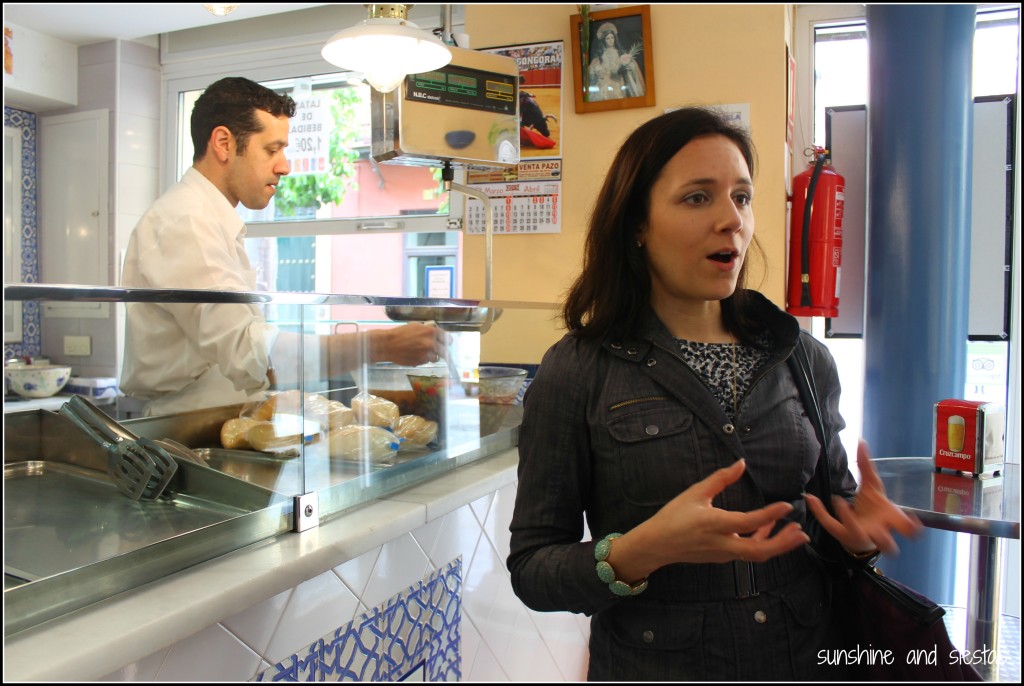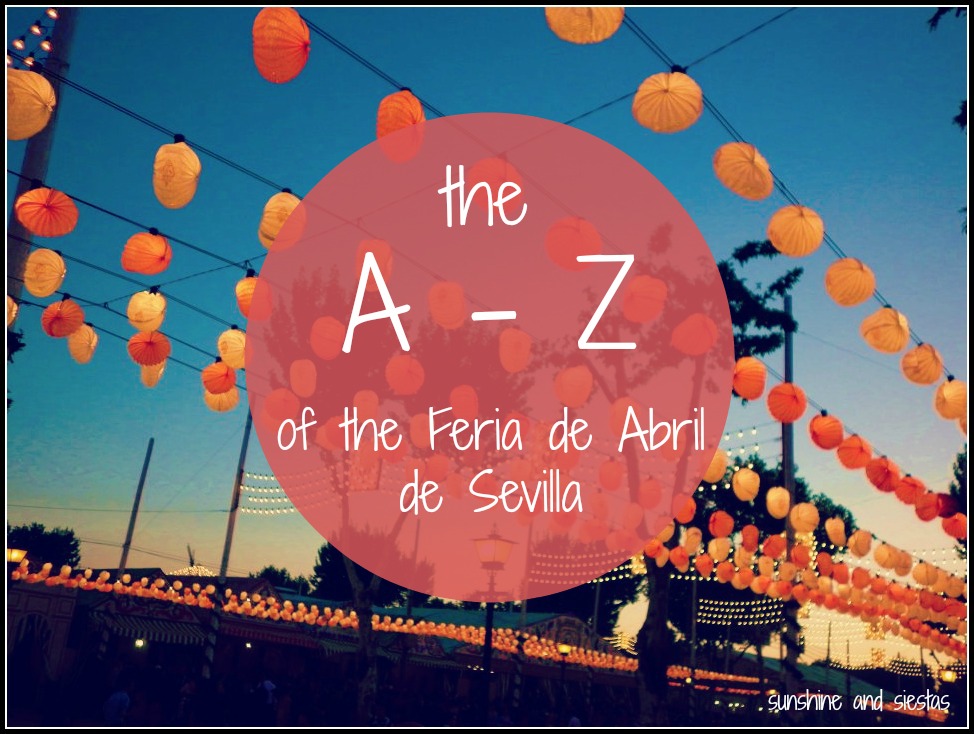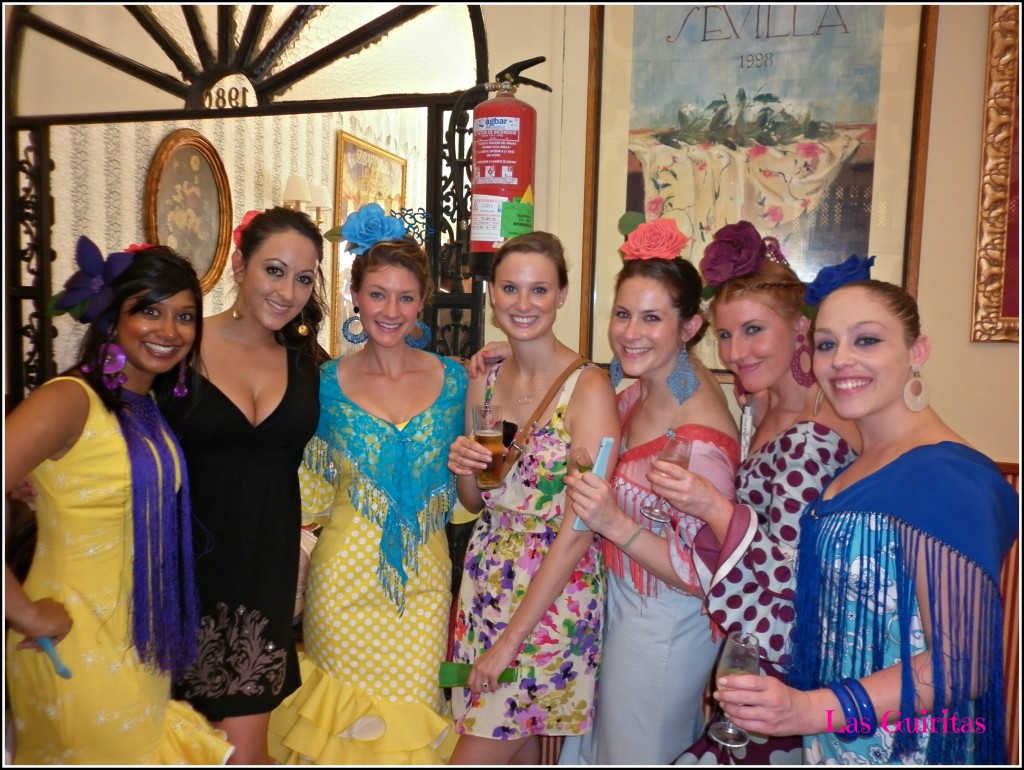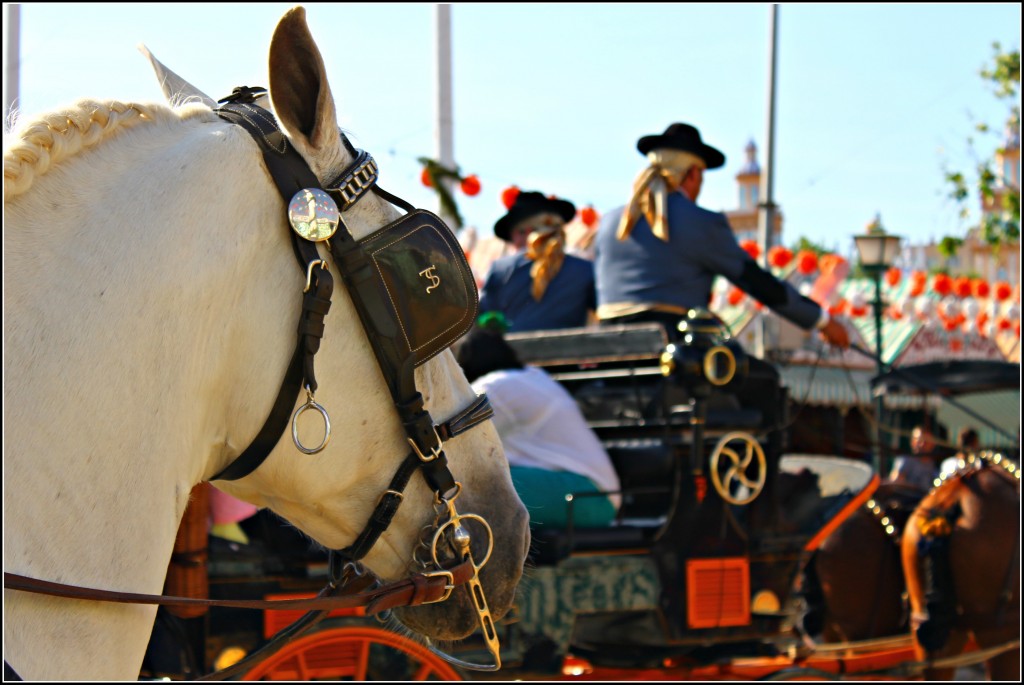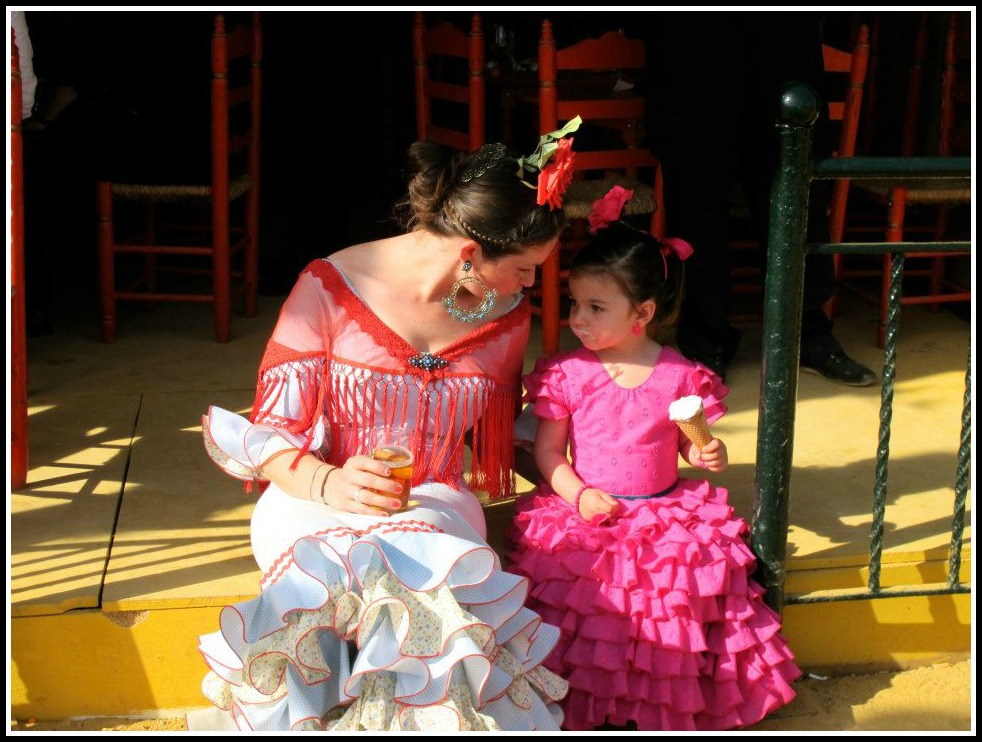I may have mastered the art of midday siestas, long lunches and dropping syllables, but Spanish cooking has always alluded me.
Ask me to make a full turkey dinner or a kick ass pad thai? I’m all over it, but I’ve mangled even the simplest of Spanish dishes and count gazpacho and frying potatoes (or just bringing the wine) as my contribution to meals.
Resolute to prove to the Novio that I’m only good for eating and occasionally clearing up the dishes, I visited my local market for a crash-course in slow-cooking with Foodies&Tours.
Housed in the mythical Mercado de Triana, once an open-air market built in the 19th Century, Víctor and Marta set up a state-of-the-art kitchen overlooking ruins of the Castillo de San Jorge just seven months ago. I was delighted to see that they still believed in buying fresh ingredients at the market, making chicken stock from bones and leek and – gasp! – using butane tanks.
María led us through the market that mid-week morning on a day where there were more tourists than locals snapping photos of ham legs and fins-and-all swordfish. Summer fruits were beginning to slowly engulf the avocados and pomegranates. I kept my mouth shut when María pointed out tripe and the different legumes on offer, but I couldn’t help piping up that it takes three years to adequately cure the hind leg of an acorn-fed pig (blame my pork-loving in-laws for that!).
Spanish food has recently become the darling of international cuisine thanks to innovative chefs putting a spin on age-old traditions. After all, the wealth of fresh ingredients from the Mediterranean diet and a dedication to simplistic yet layered flavors have made this gastronomy healthy, comforting and delicious – and this means that food tours and gastronomic experiences are booming all over Spain.
I was joined by another American woman, a group of Filipina friends on a big Euro trip, a curious couple from Singapore and newlyweds hailing from Australia. It was just right for everyone to put their manos a la obra.
Back at the kitchen, chef Víctor was washing metal bowls and our ingredients were put on display. I may not cook myself, but I do make most of the grocery store runs and can recite dishes based on their ingredients! From the ripe vine tomatoes and day-old bread, I knew we’d be making salmorejo and assumed that crowd-favorite paella would be on offer. A large bowl of raw spinach meant espinacas con garbanzos.
I found a cutting board and apron between Denise from New York and the cooking surface as Víctor laid out the menu. We began with the creamy tomato-based salmorejo: coarsely chopping tomatoes, peeling thin skin off of the purple garlic bulbs and learning not to be stingy with extra virgin olive oil. Apart from turning on a blender and liquifying its contents, I let my classmates take over.
I once again stepped aside to allow other guests to learn how to steam the raw spinach and make a sofrito, preferring to sip on wine and do some more chopping – I have the Novio at home to show me how to quarter a chicken for stock. Instead, I probed Víctor on his background, his favorite places to eat in Seville and the Spanish brands he is loyal to.
Many of my classmates were used to the flash cooking styles of Asian cuisine, so turning down the heat and turning up the flavor combinations was a welcome departure as we dipped small tasting spoons into everything we’d created. A fan of Asian food himself, Víctor stressed the important of low heat and long wait times.
I’ve always said that my biggest hurdle to learning to make Spanish dishes is patience. A Spanish chef confirmed it. So we waited, slowly stirring the chicken stock and sofritos.
Three hours later, the paella had finished soaking up chicken stock, the beer has been poured and we were ready to eat. While the sobremesa – mealtime chat – wasn’t as lively as my finca experience in Málaga, the workshop was more hands on. In fact, there was little more chatter than ‘mmmmm’ as we tucked in and Víctor prepared us a palate cleanser.
The cumin in the spinach with chickpeas, the laced leek in the paella and a tinge of garlic translated through the other tastes, a clear sign that we’d done something right under watchful eyes.
[yumprint-recipe id=’2′] Did I personally learn any new kitchen tricks? I suppose, but a blast of Saharan heat has had me out of the kitchen and even skipping dinner these last few weeks. The one thing that still rings true is my devotion to Spanish food and everything that goes into it – fresh ingredients, bursts of flavor and the sobremesa chatter.
Have you ever done a cooking course or food tour? Read about A Cooking Day, Devour Barcelona and Devour Seville food experiences.
